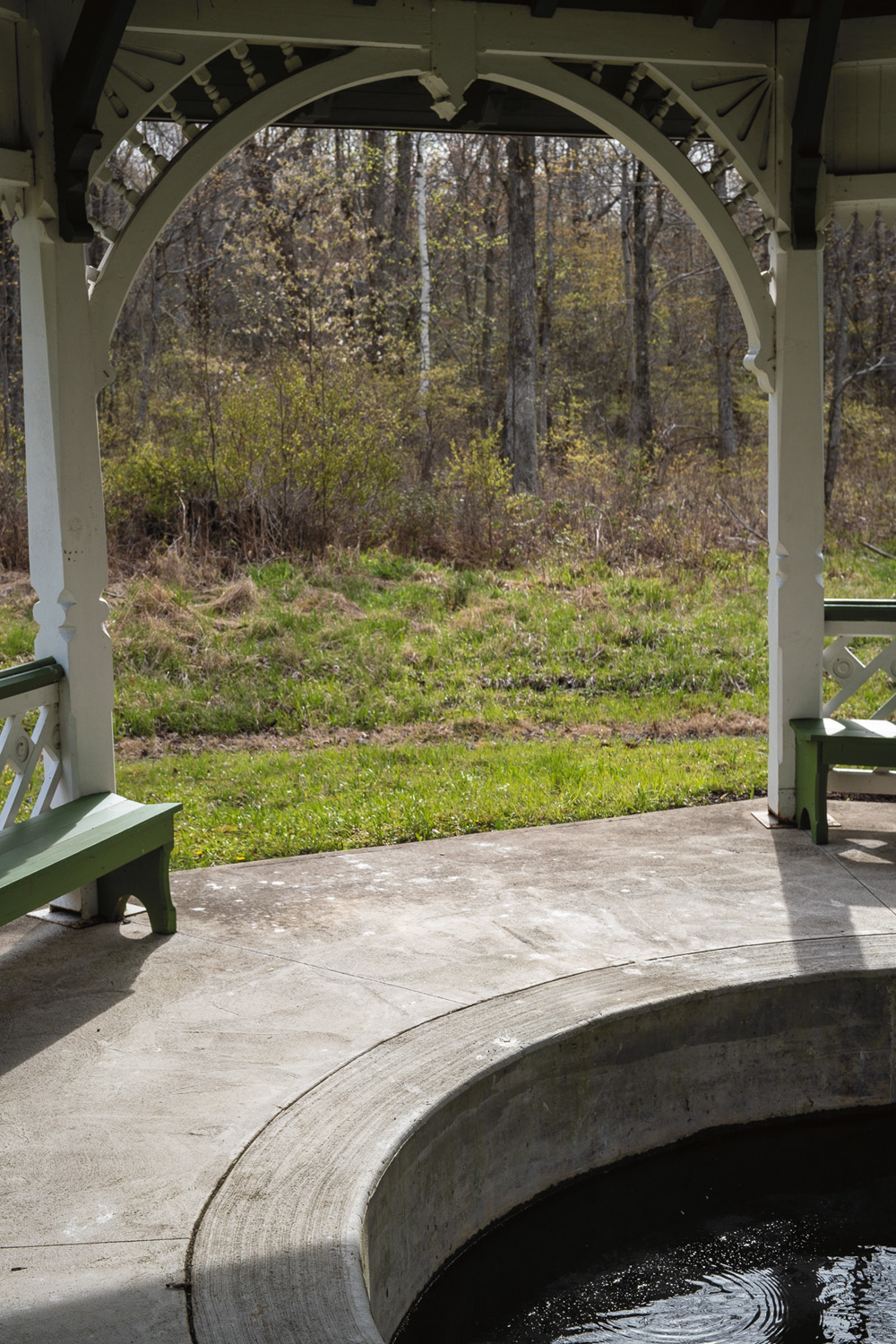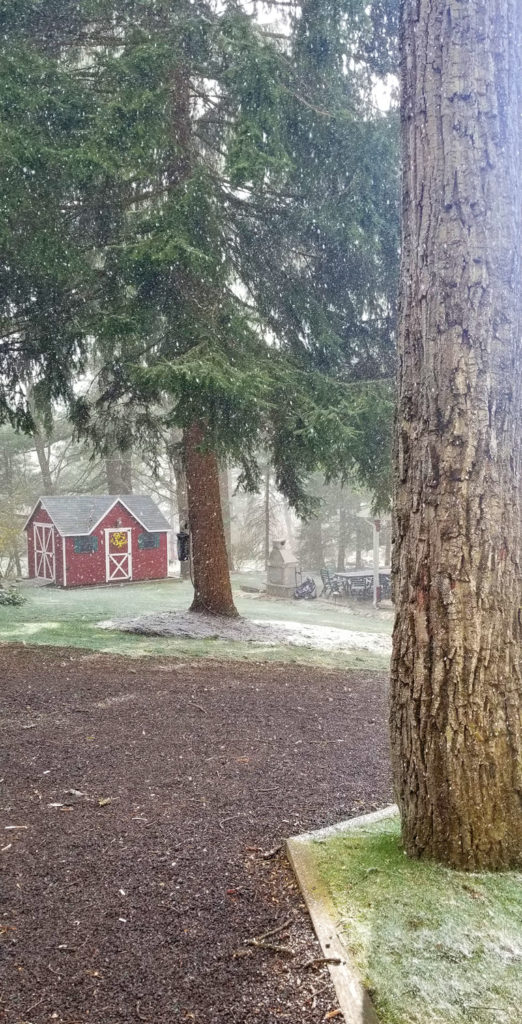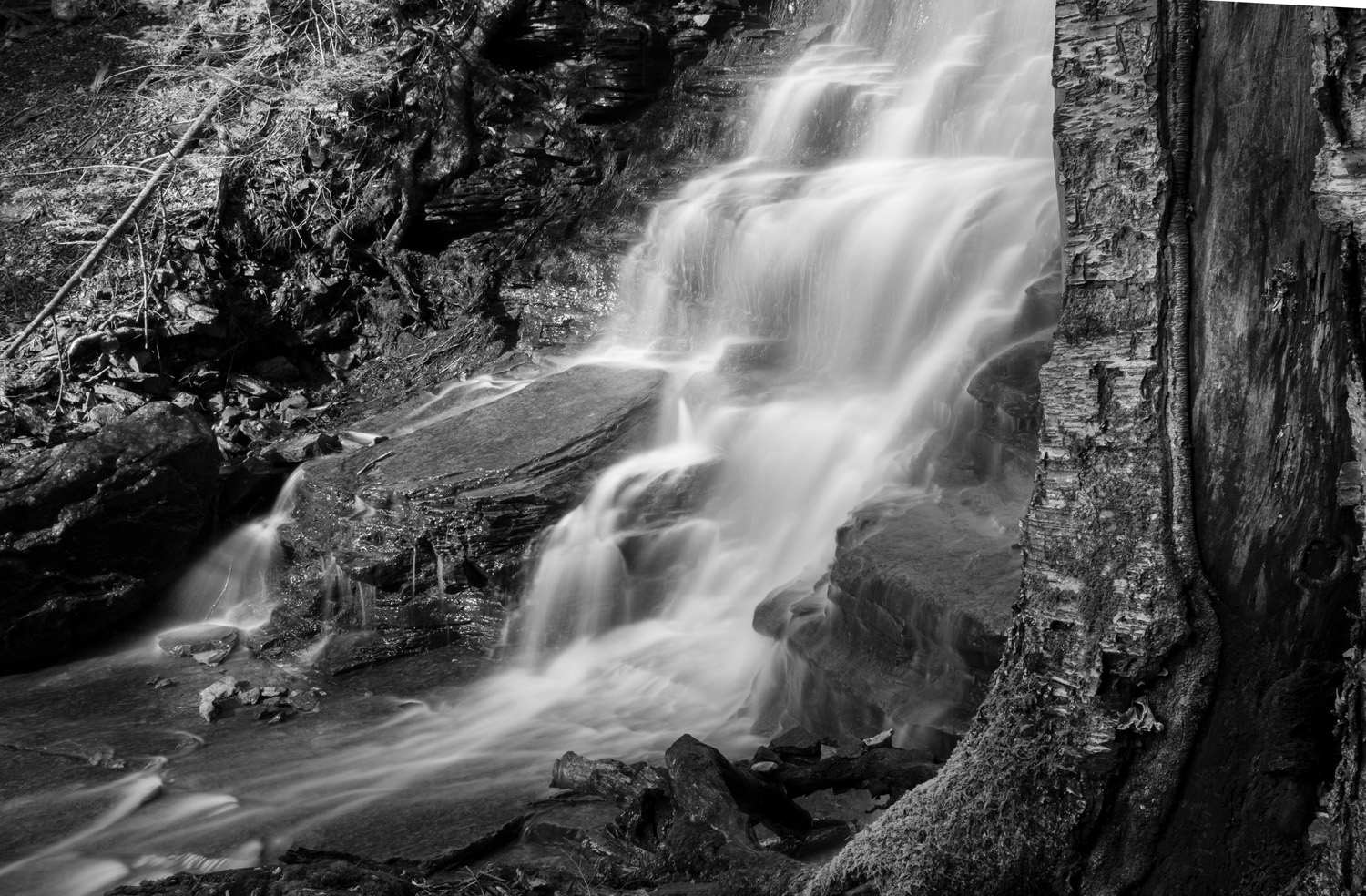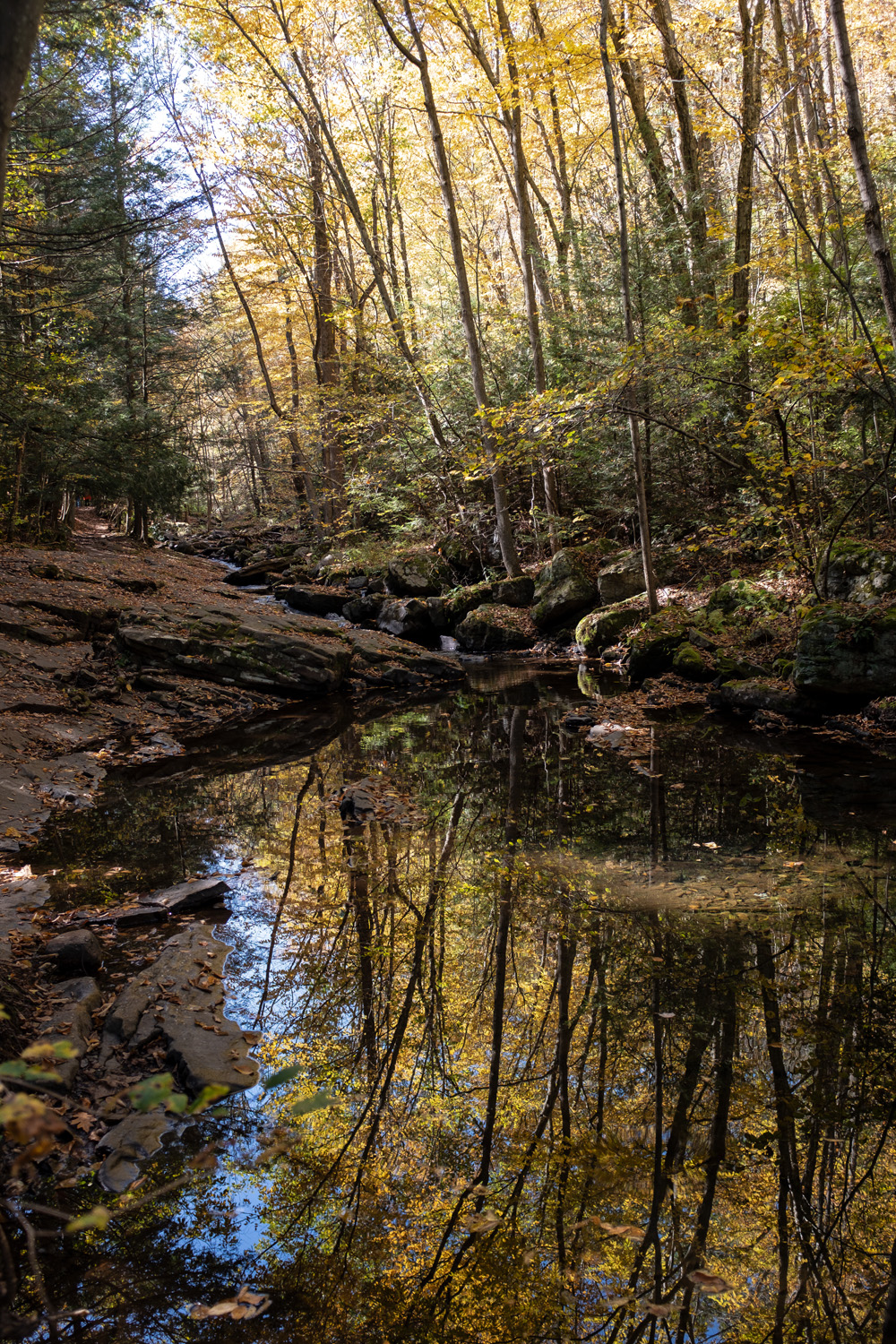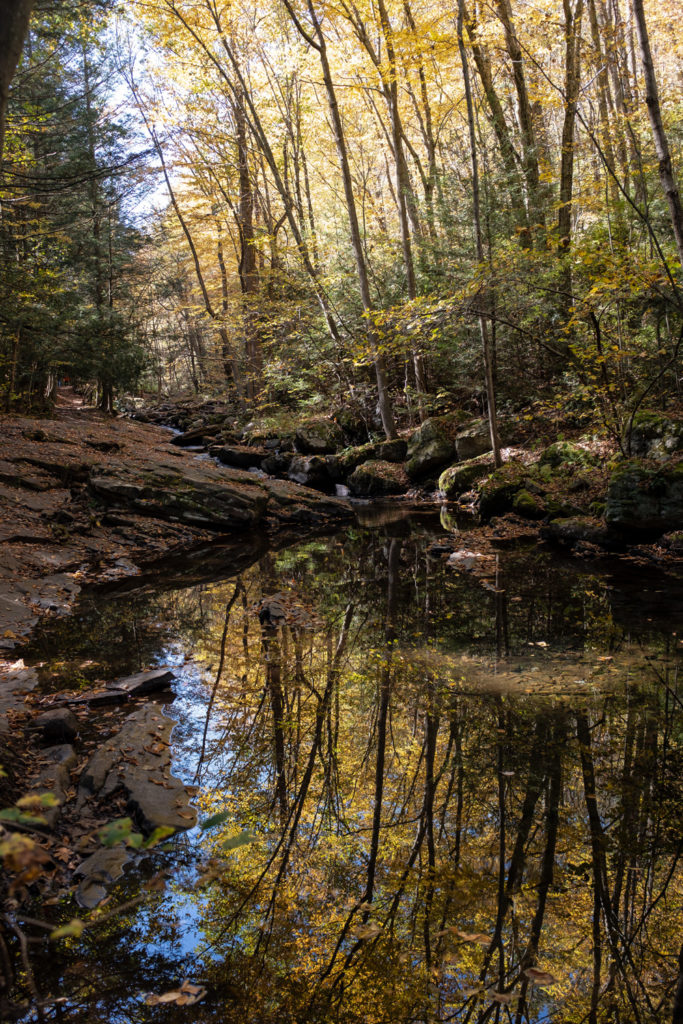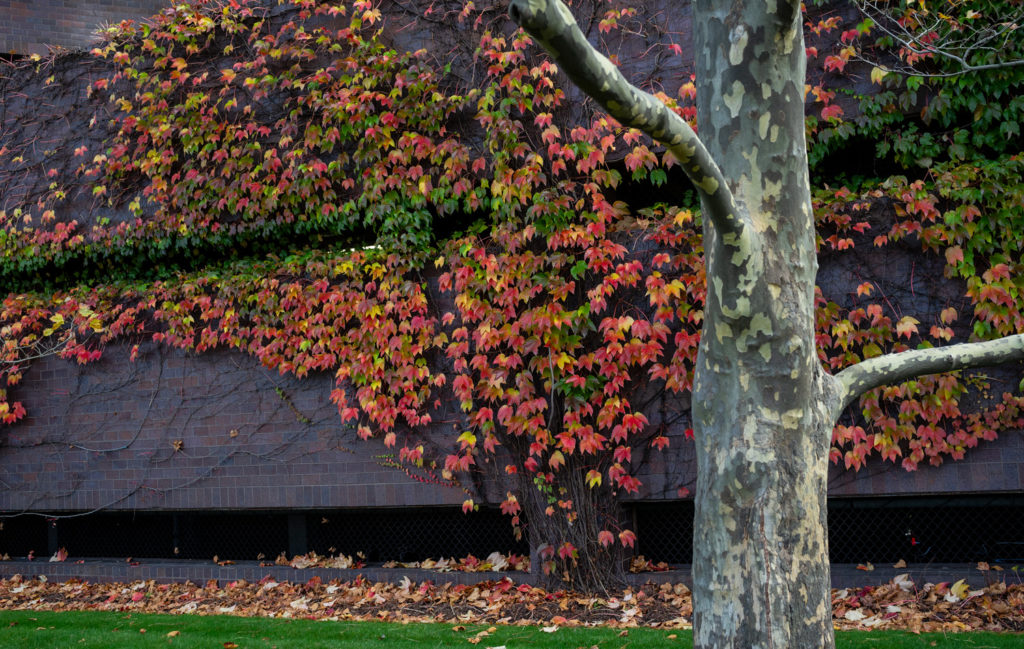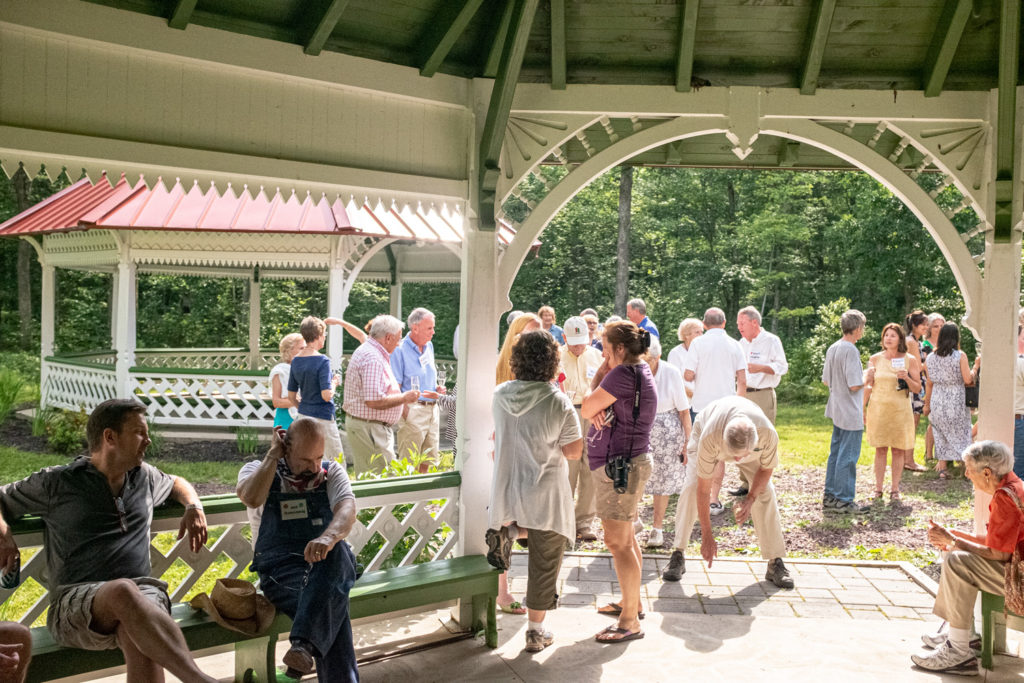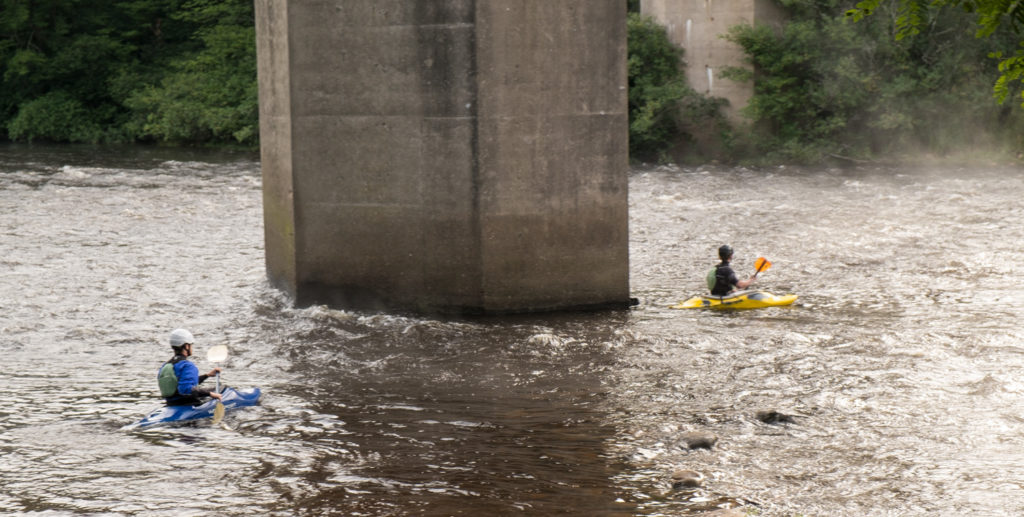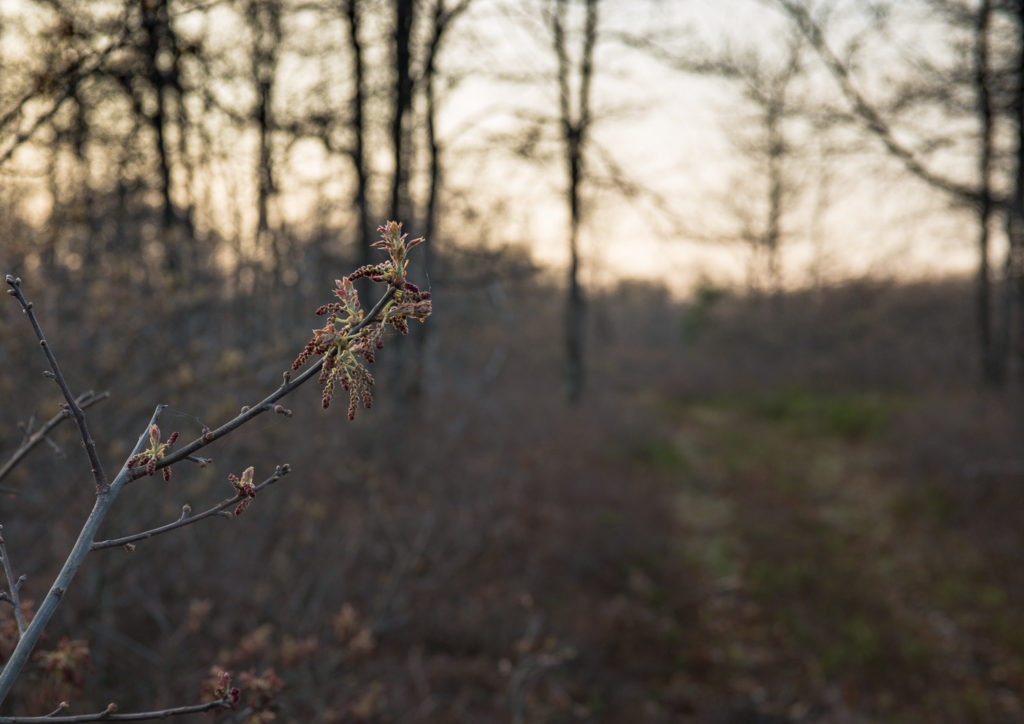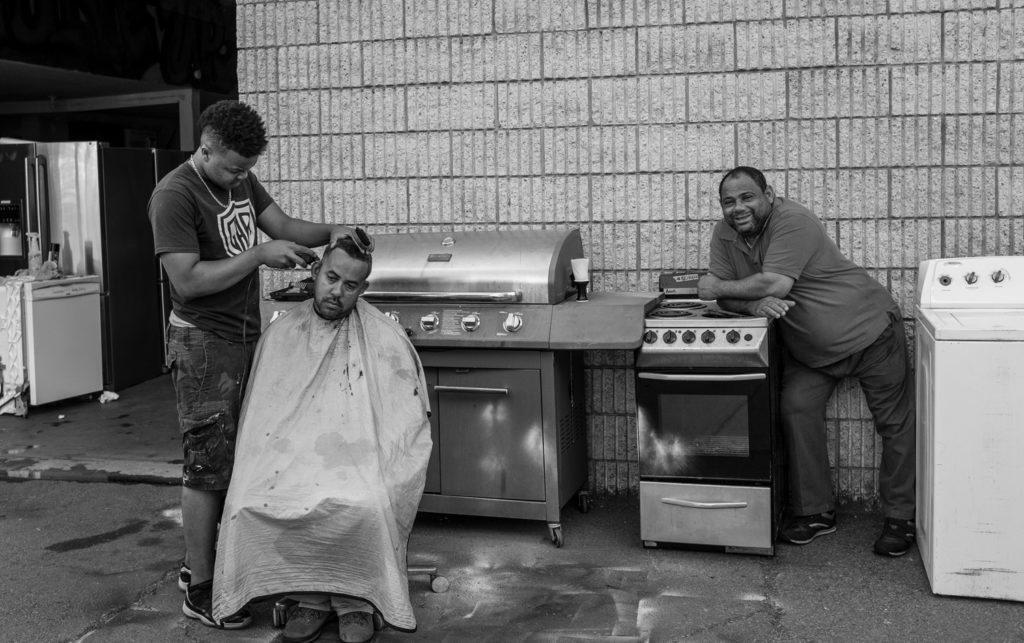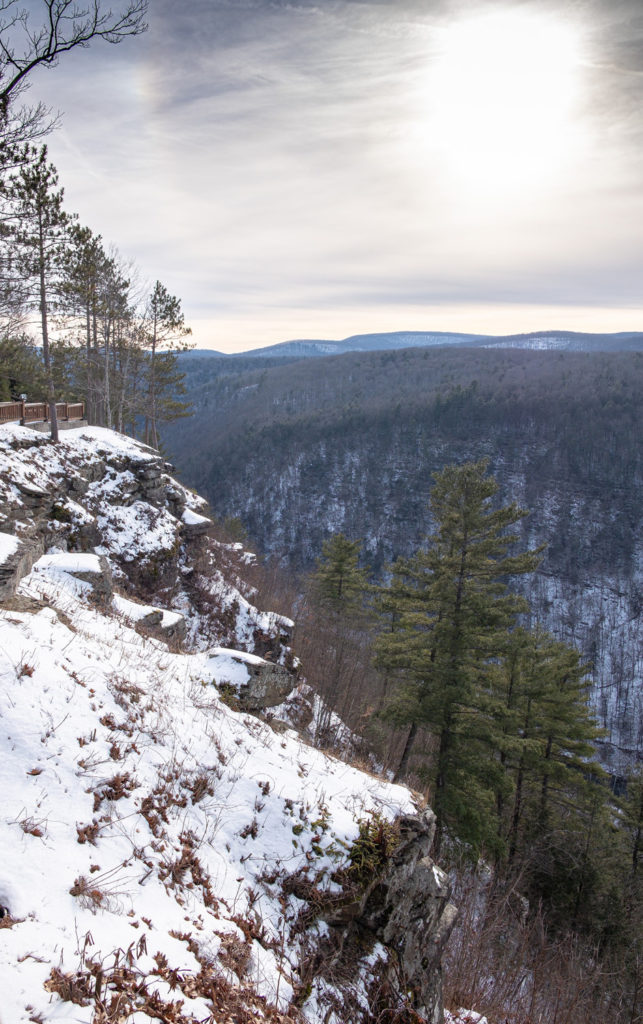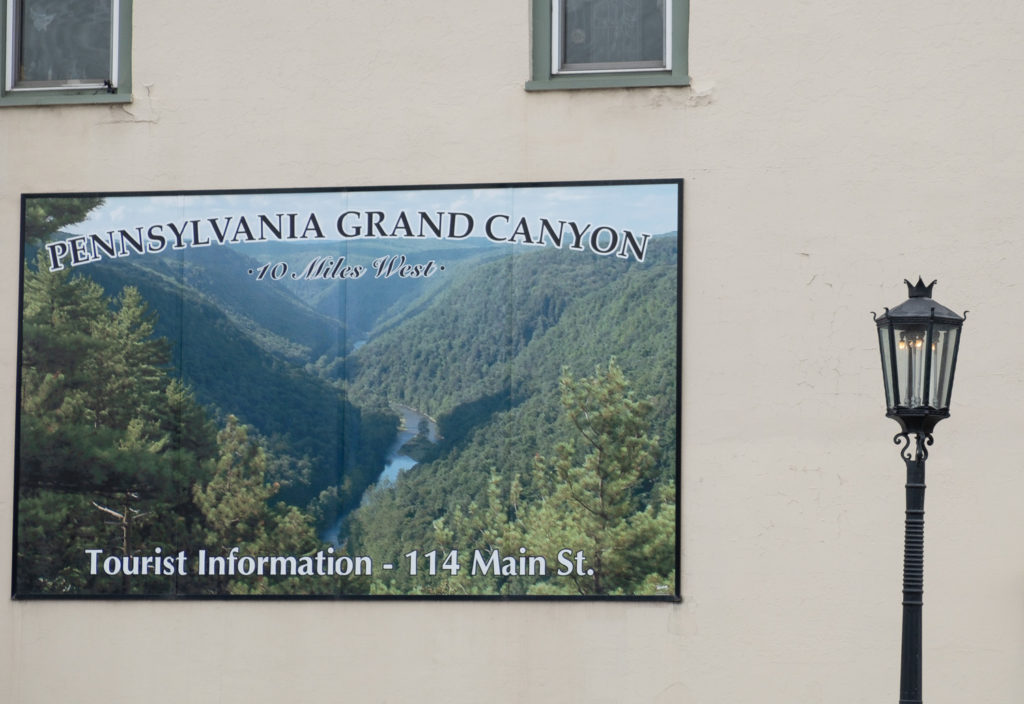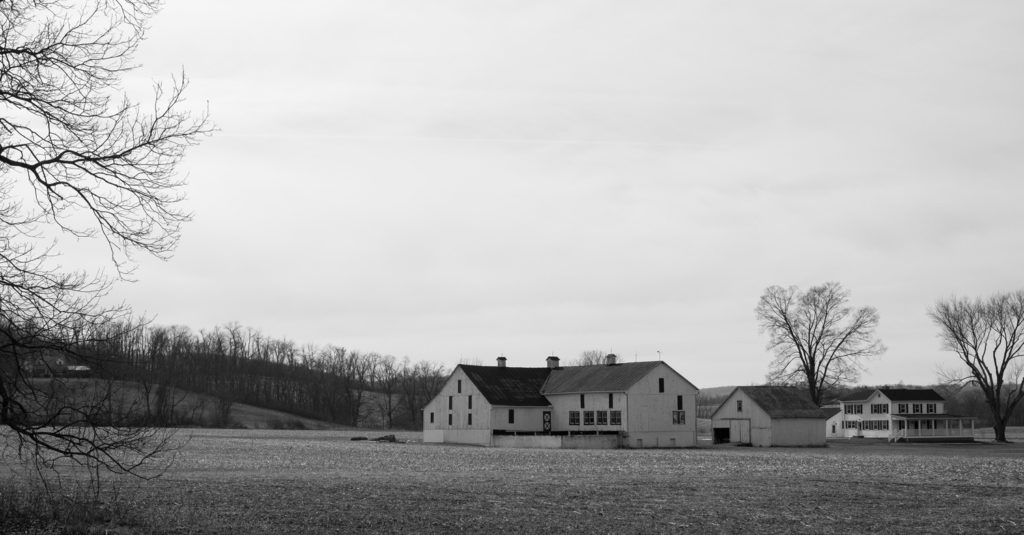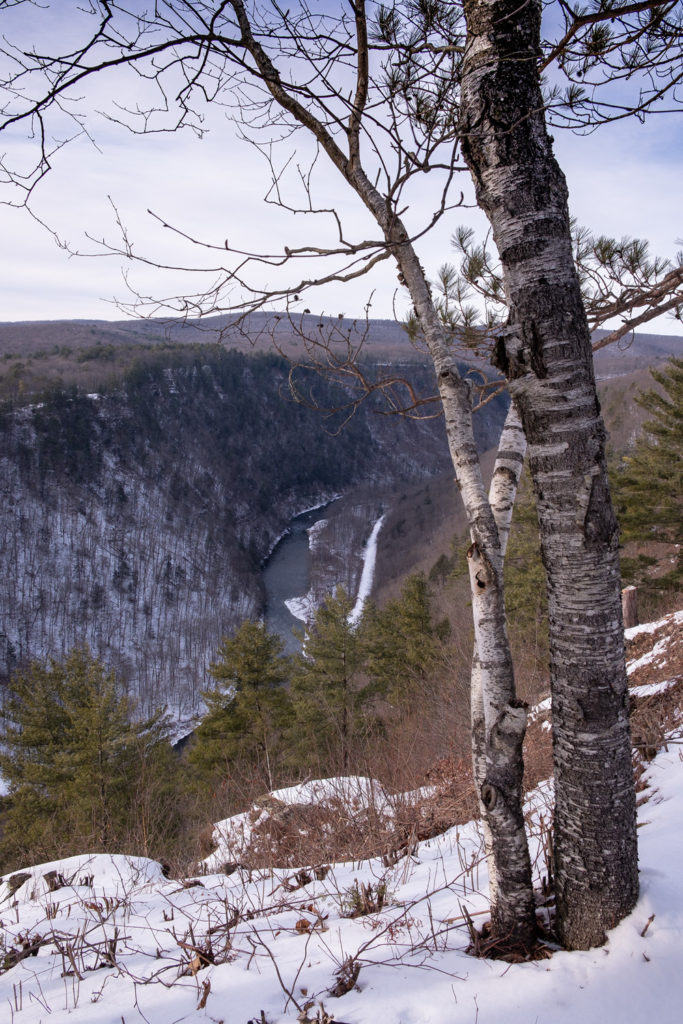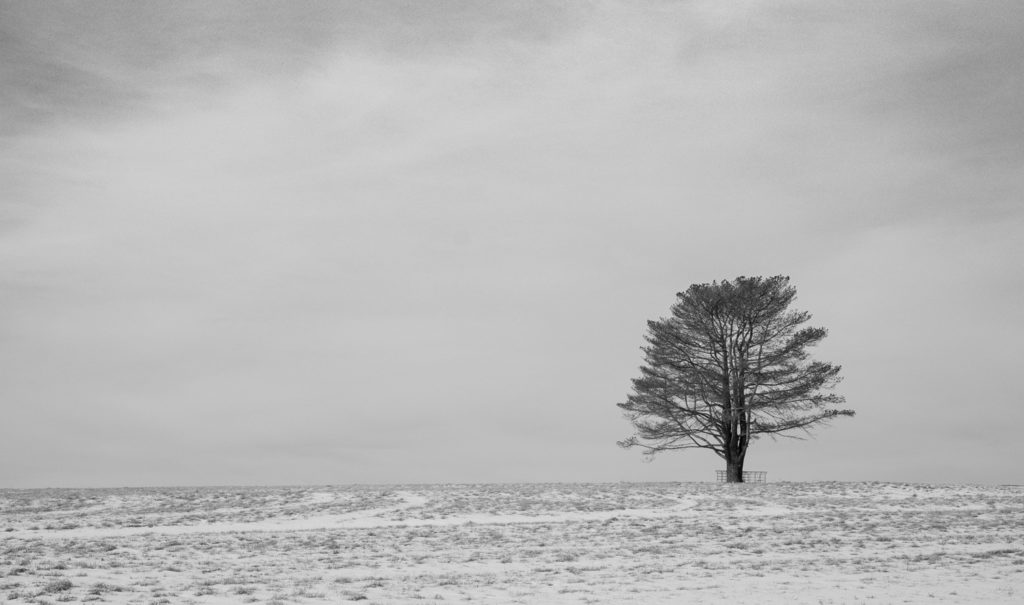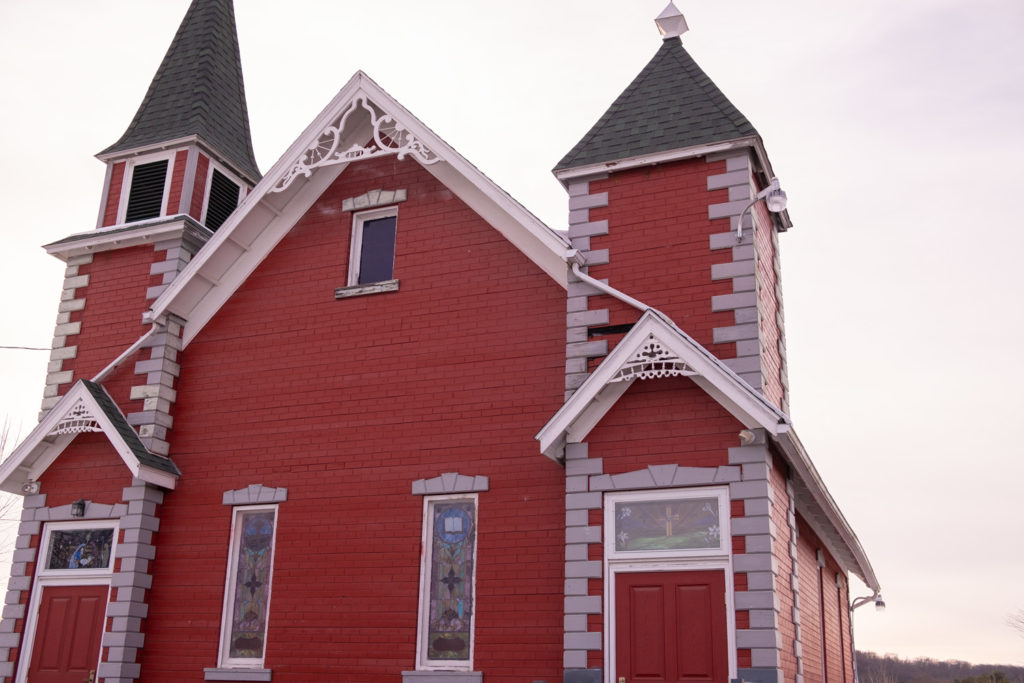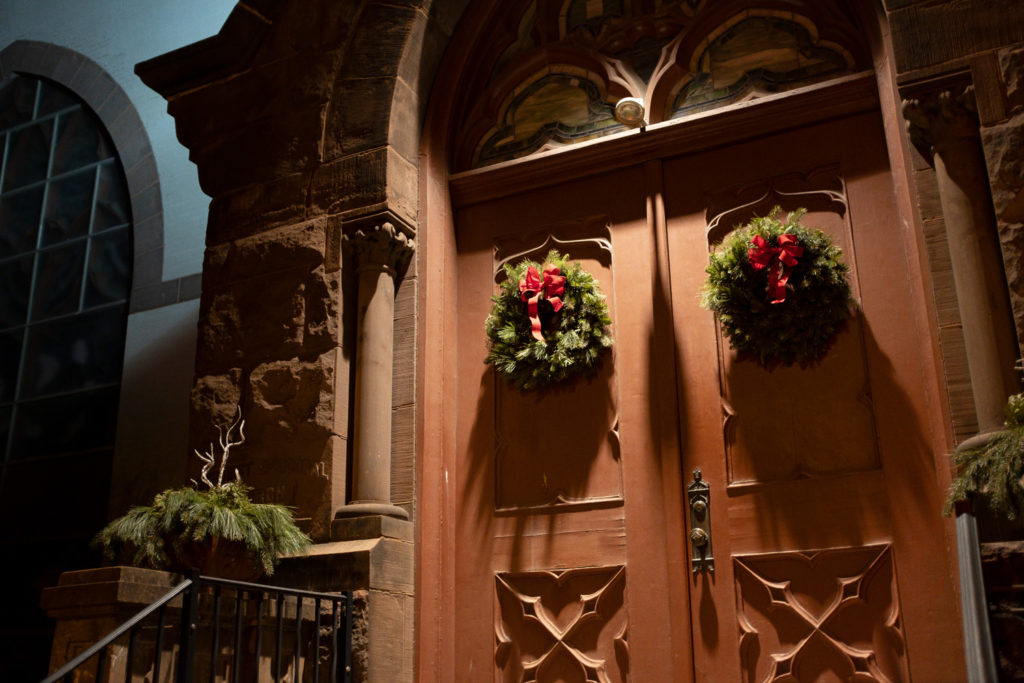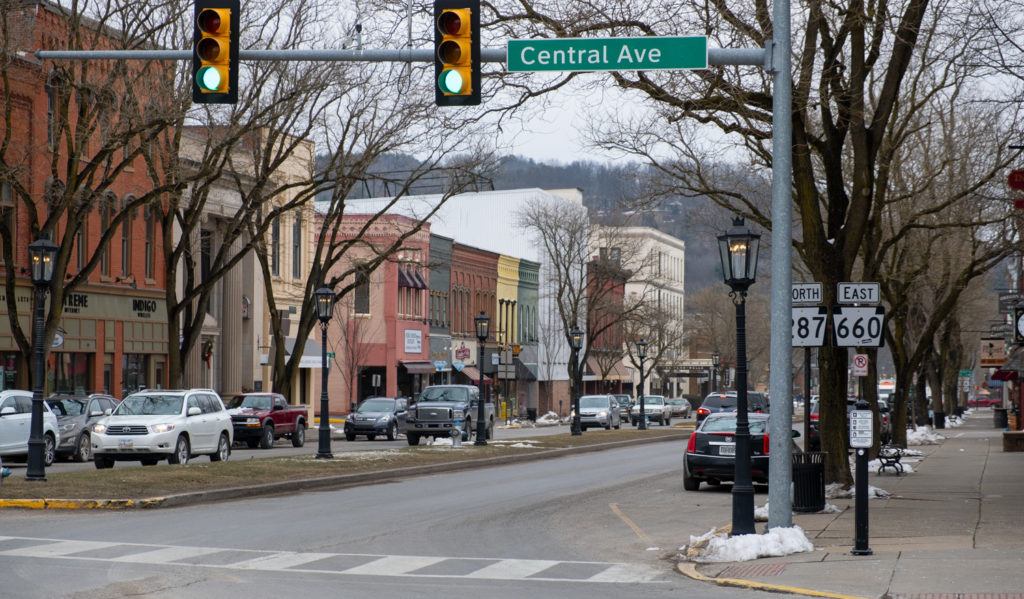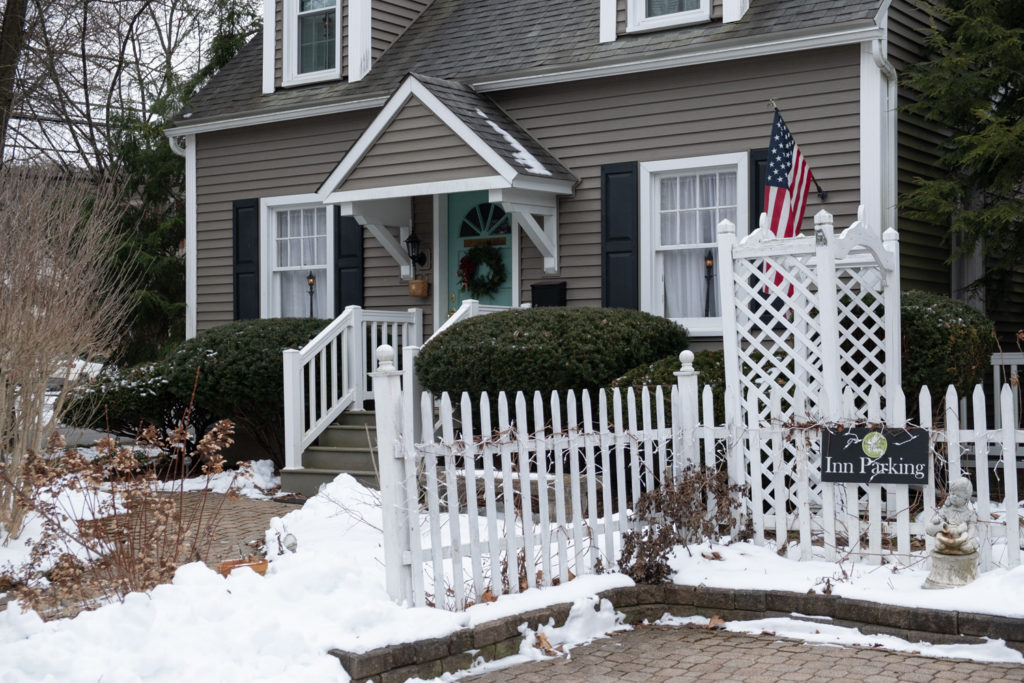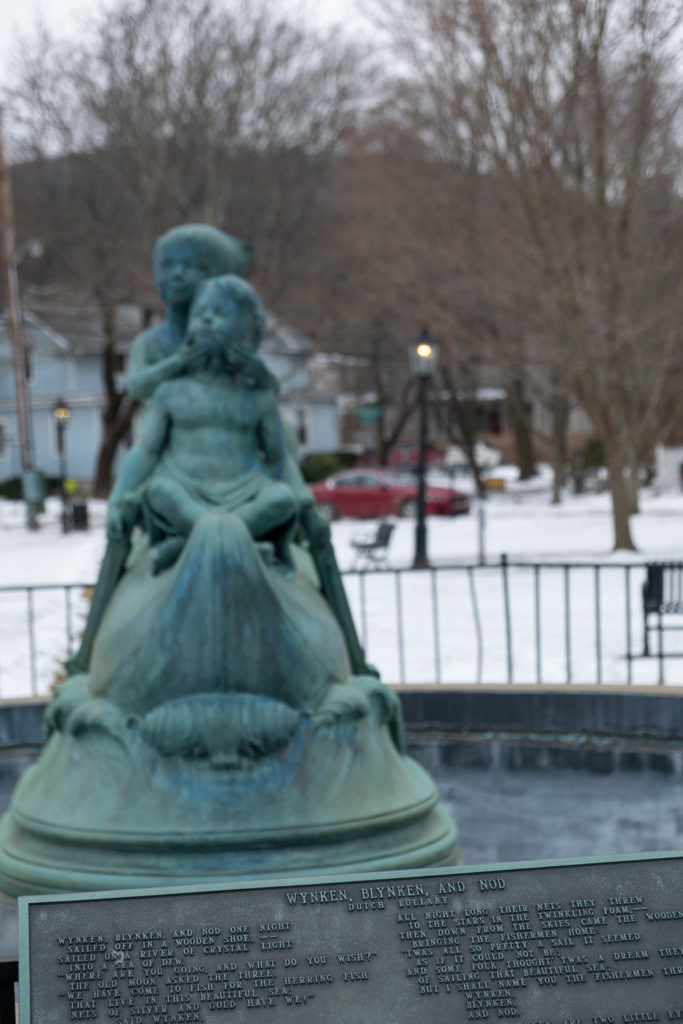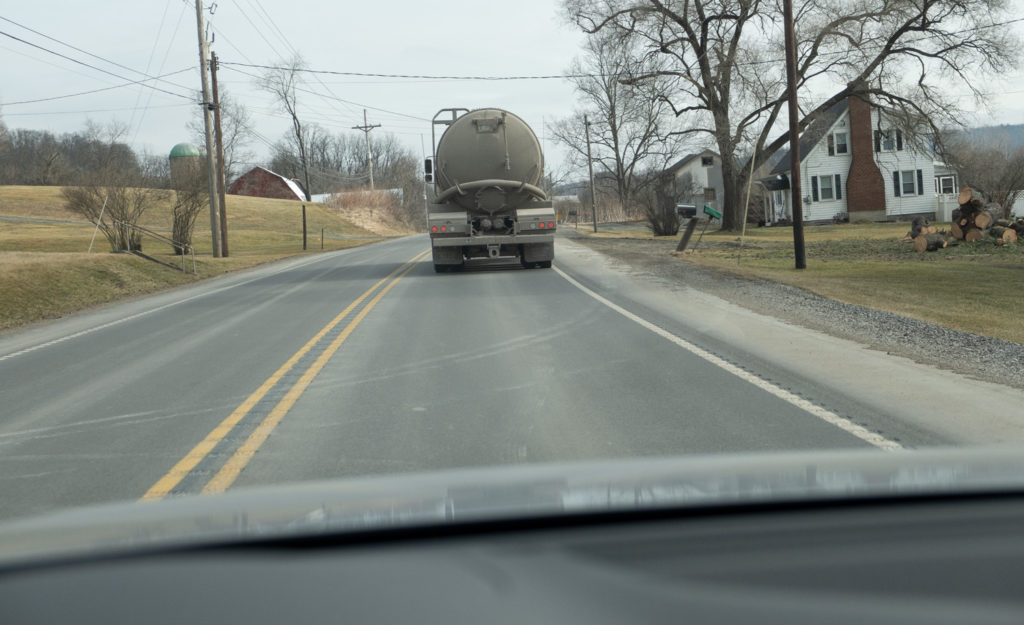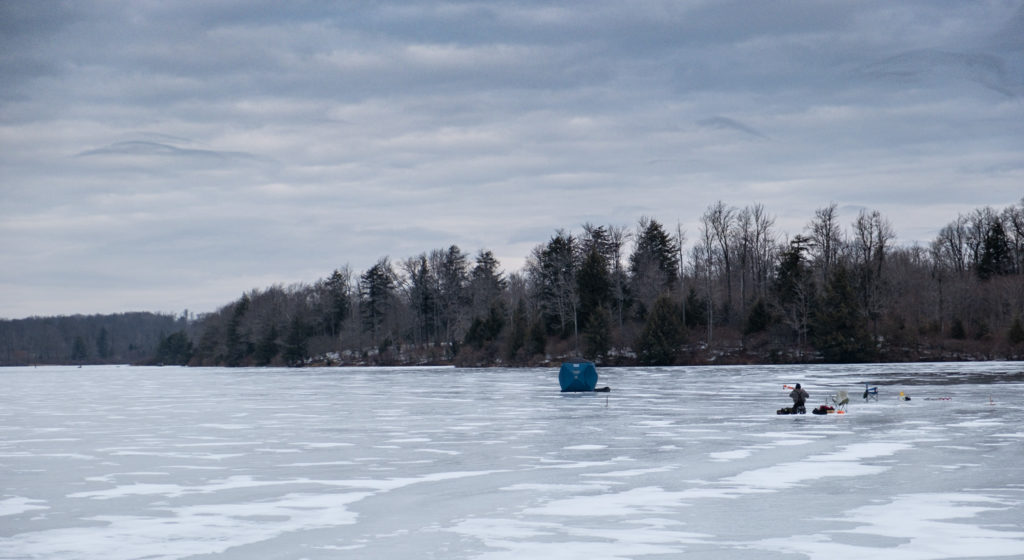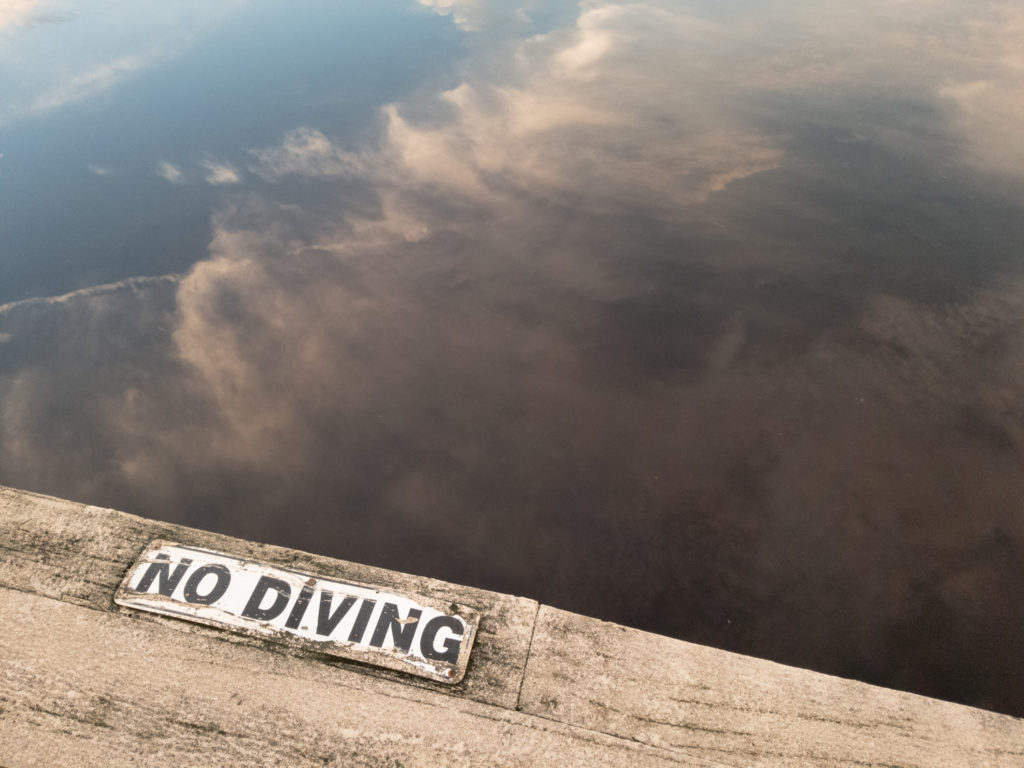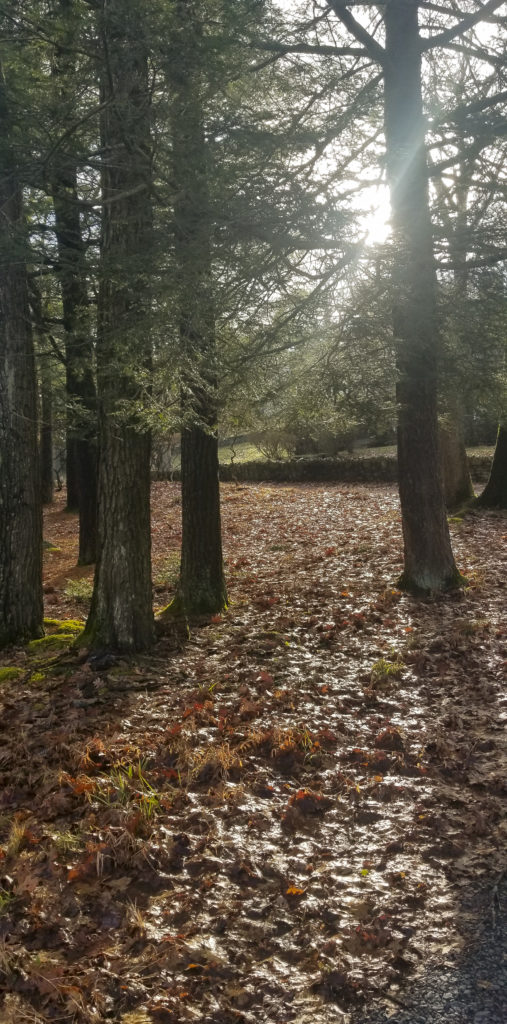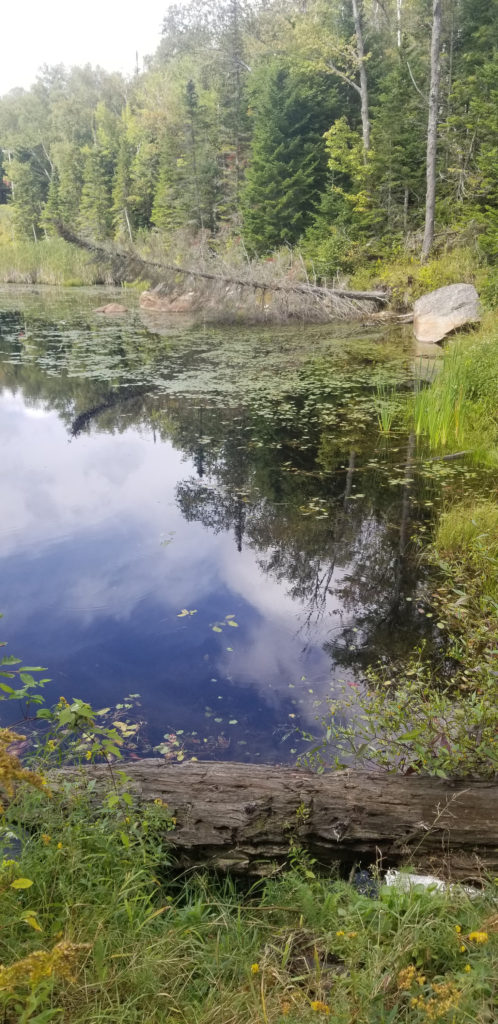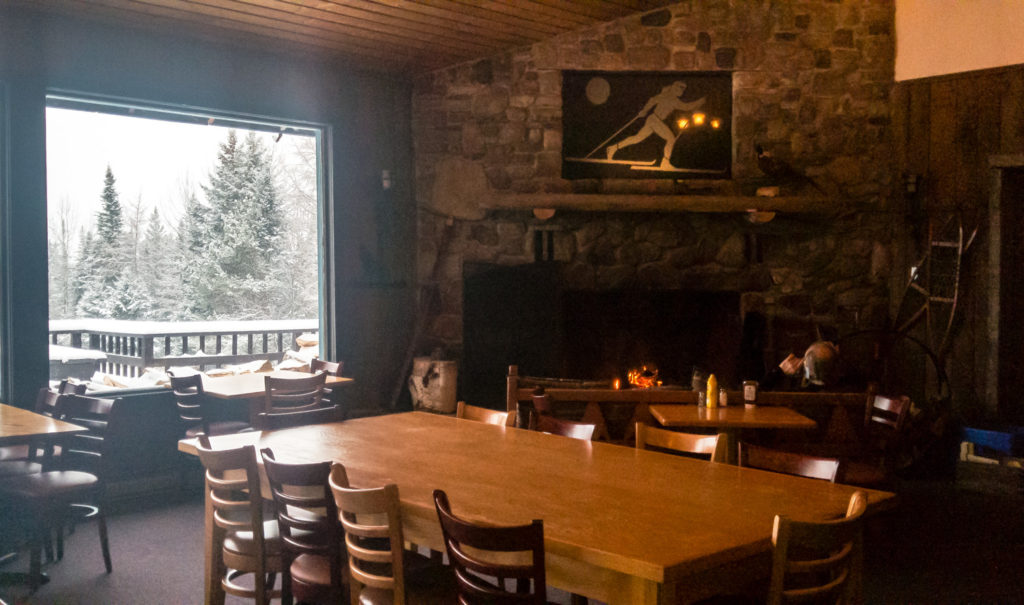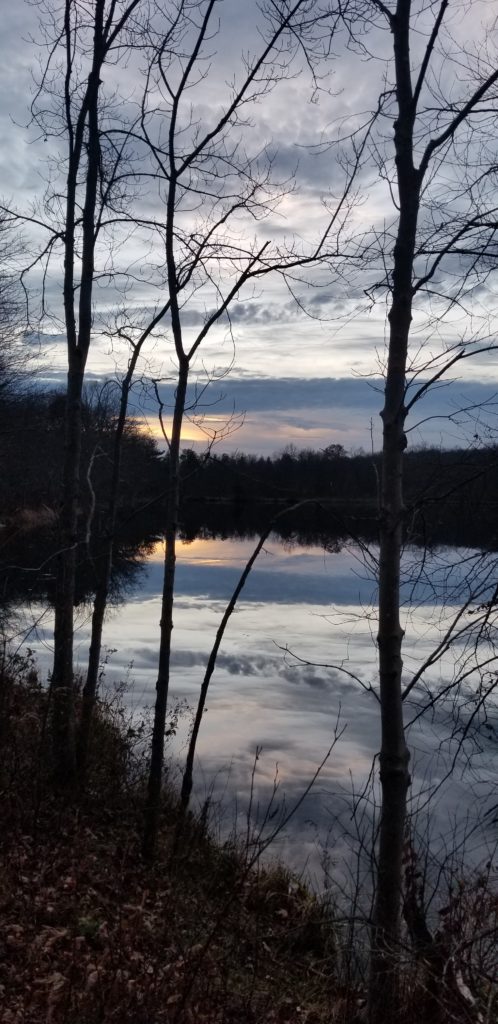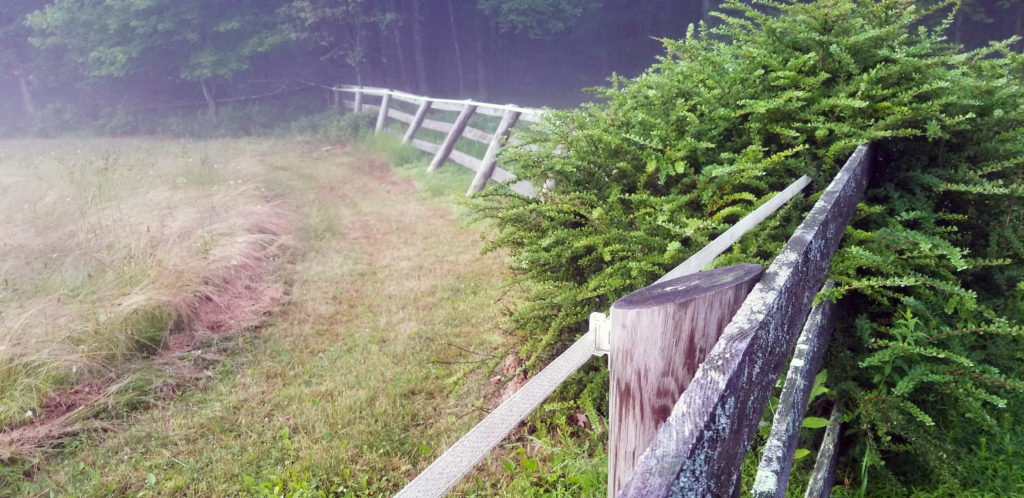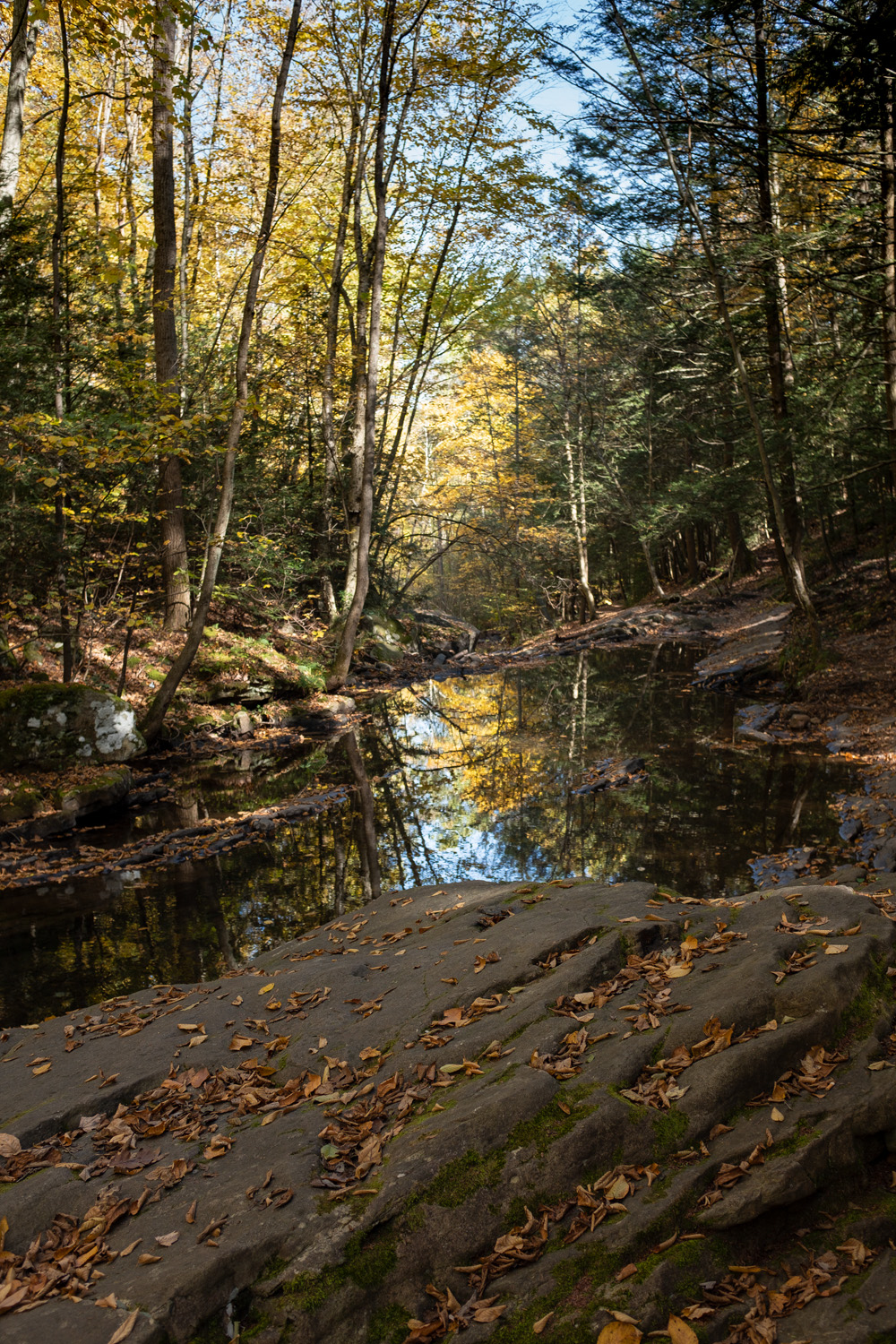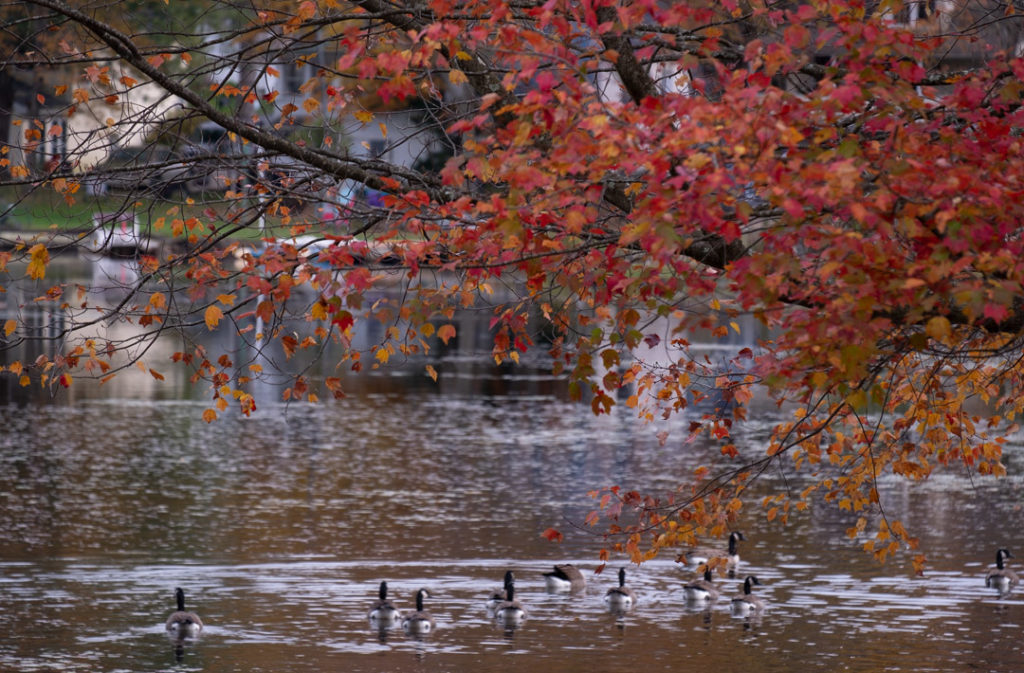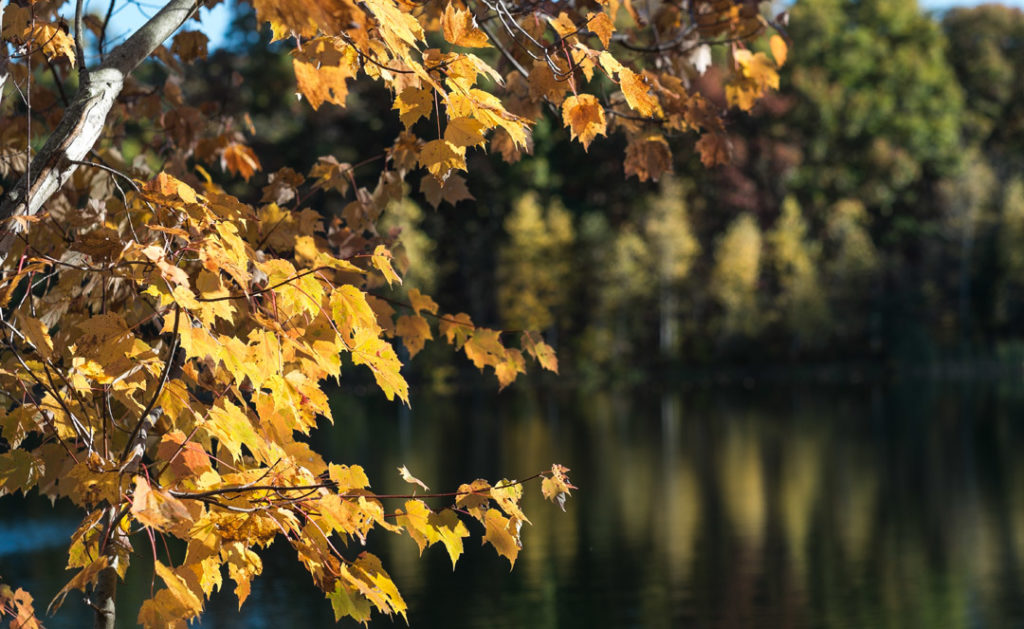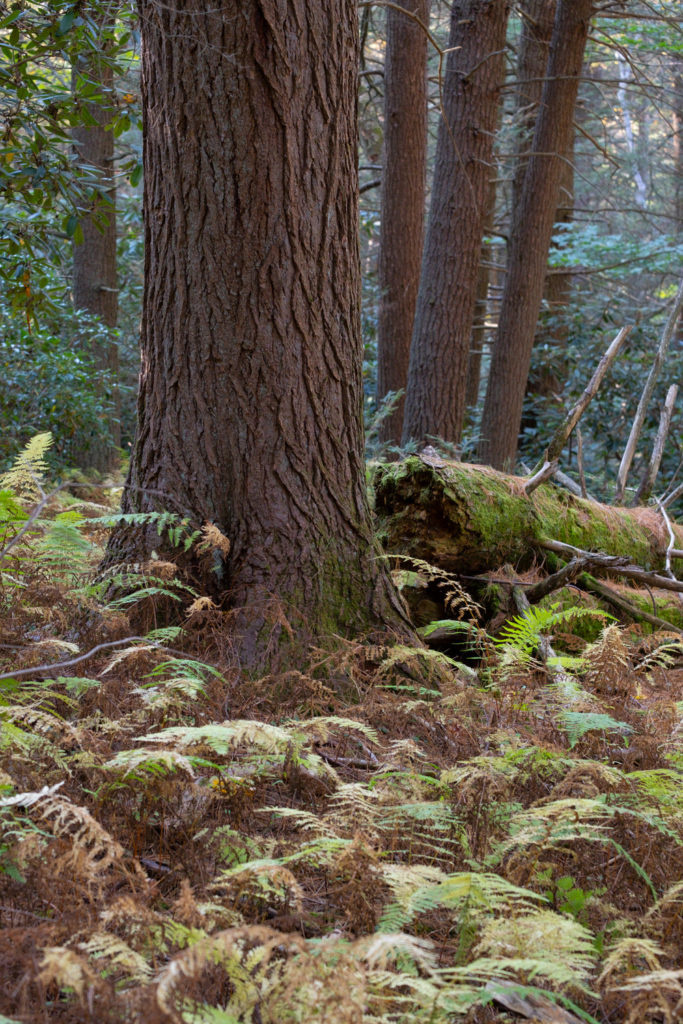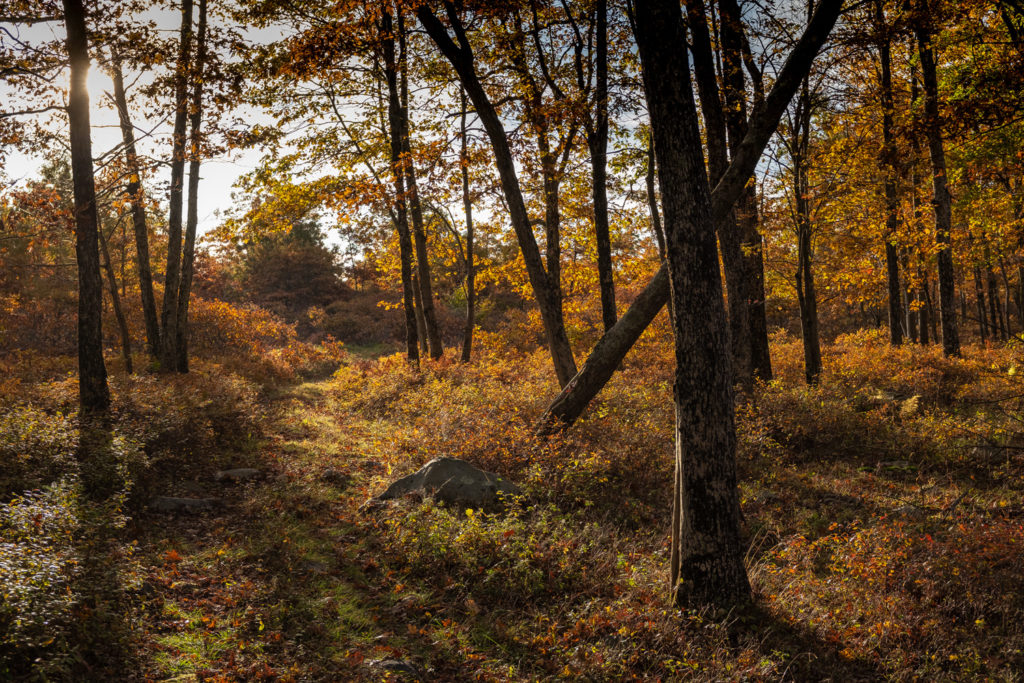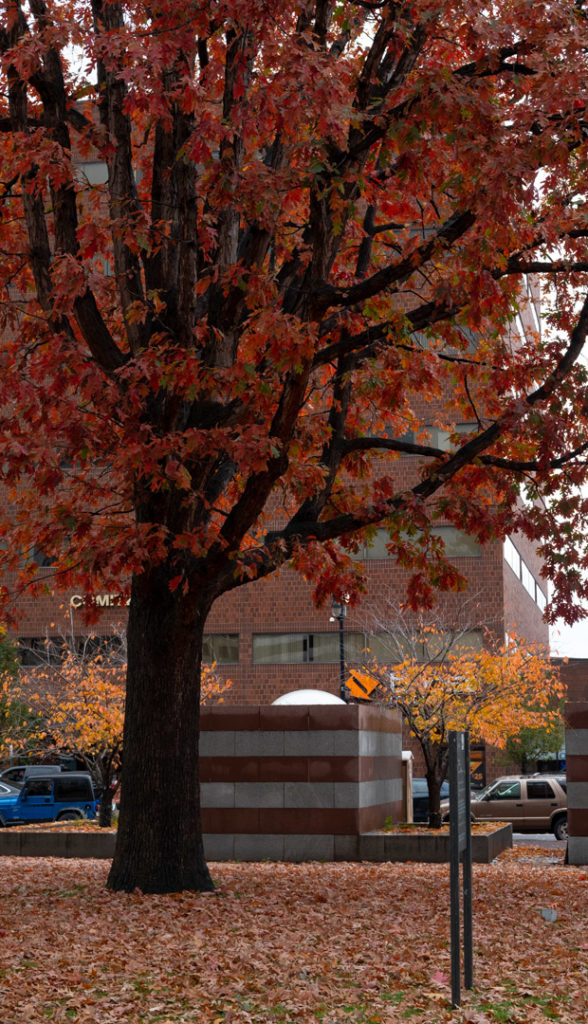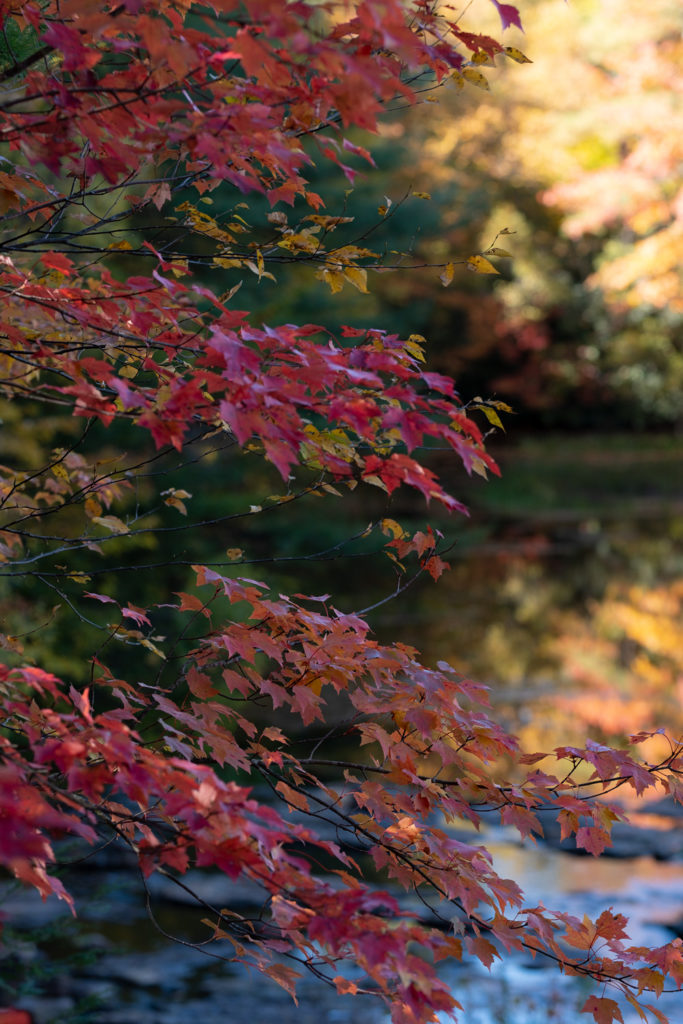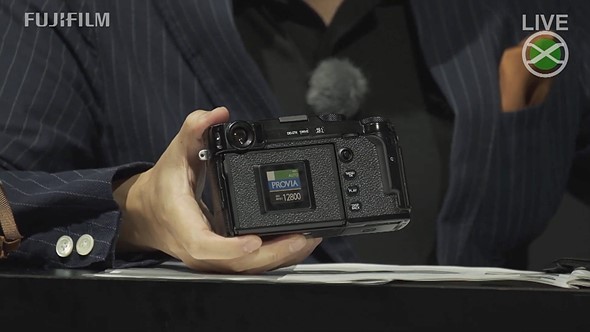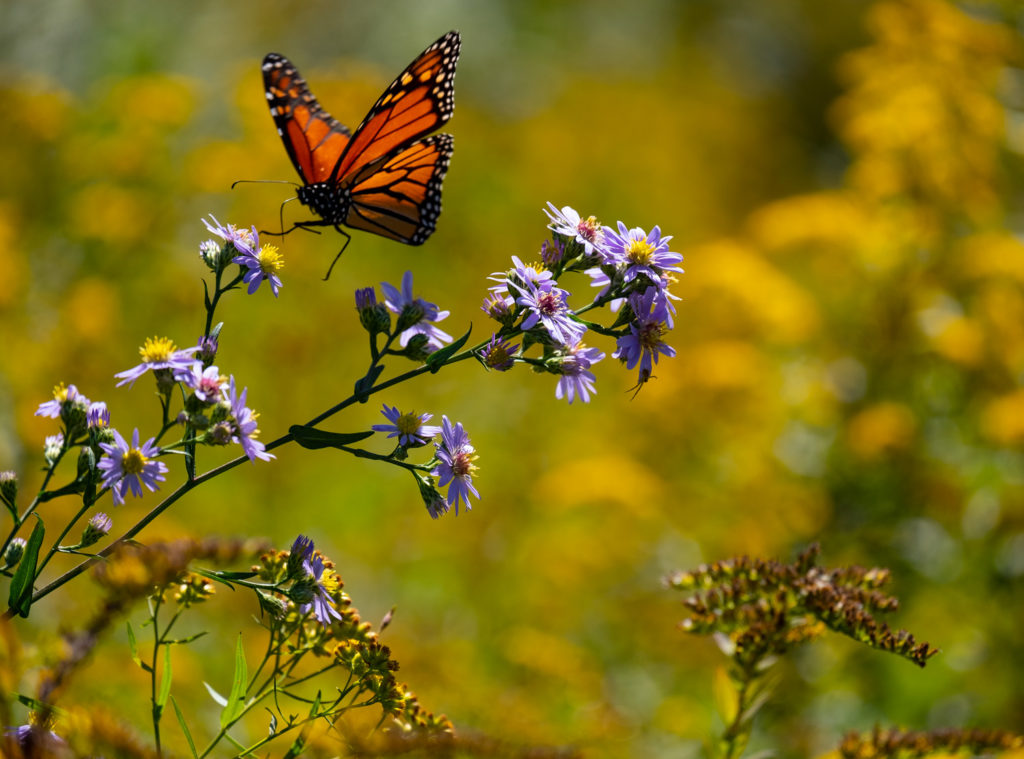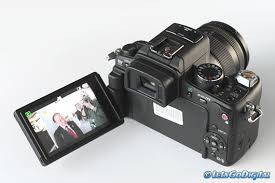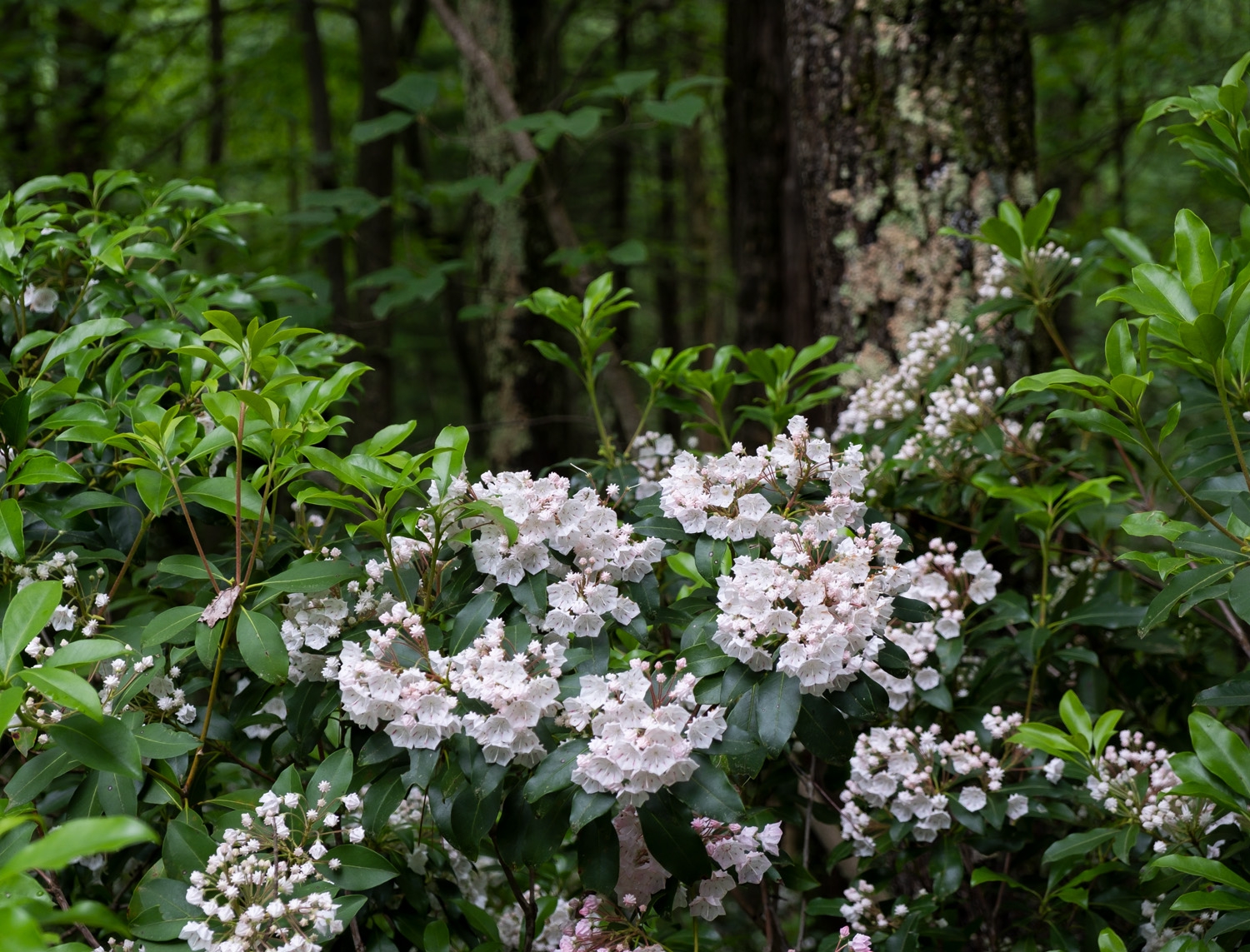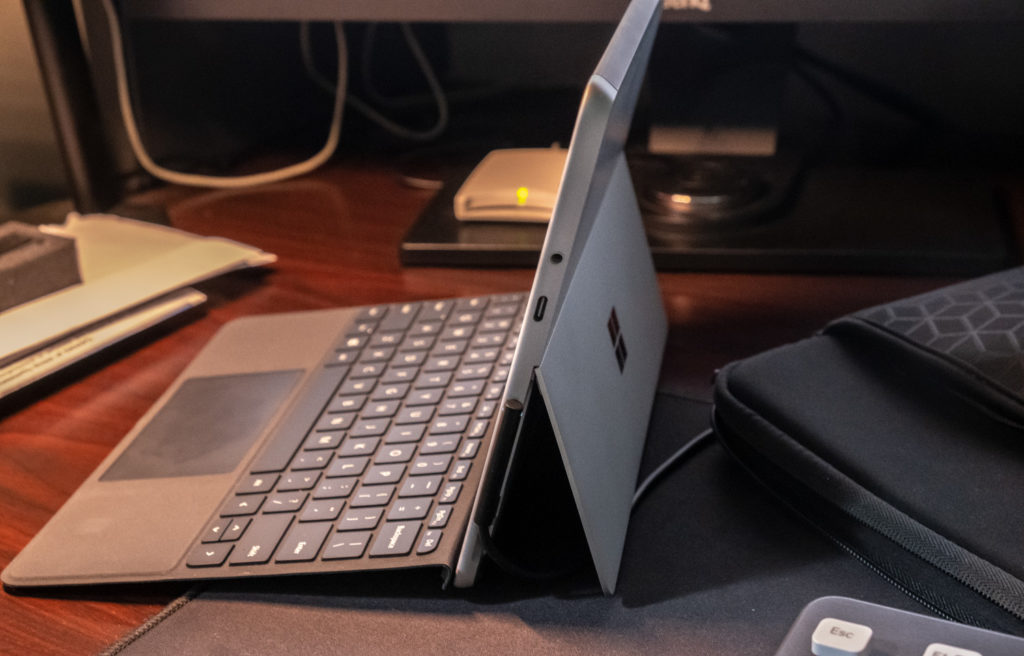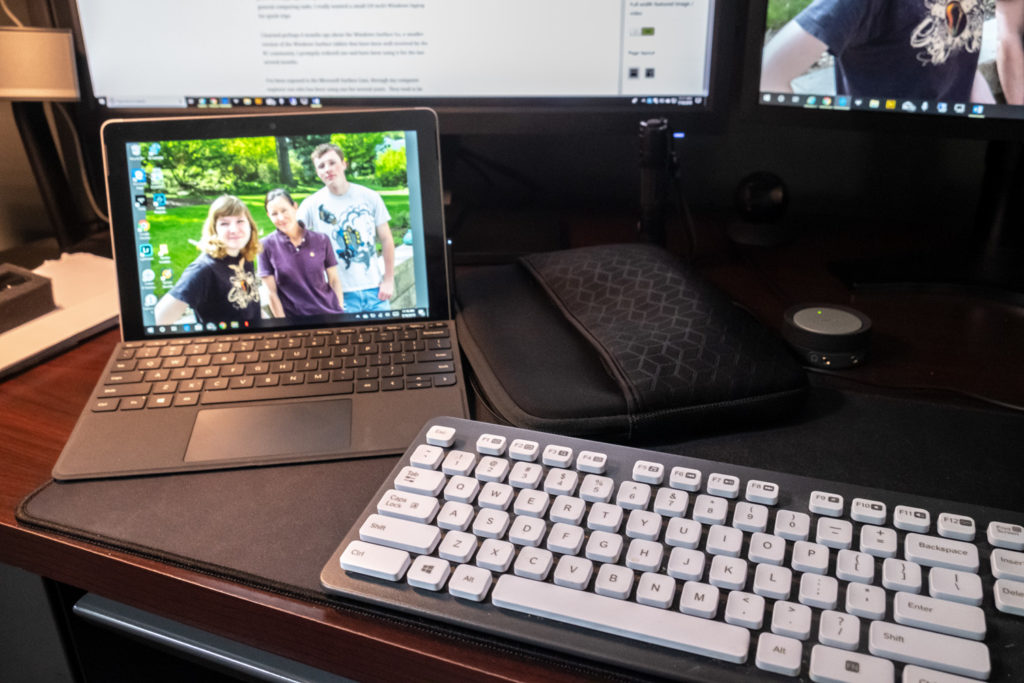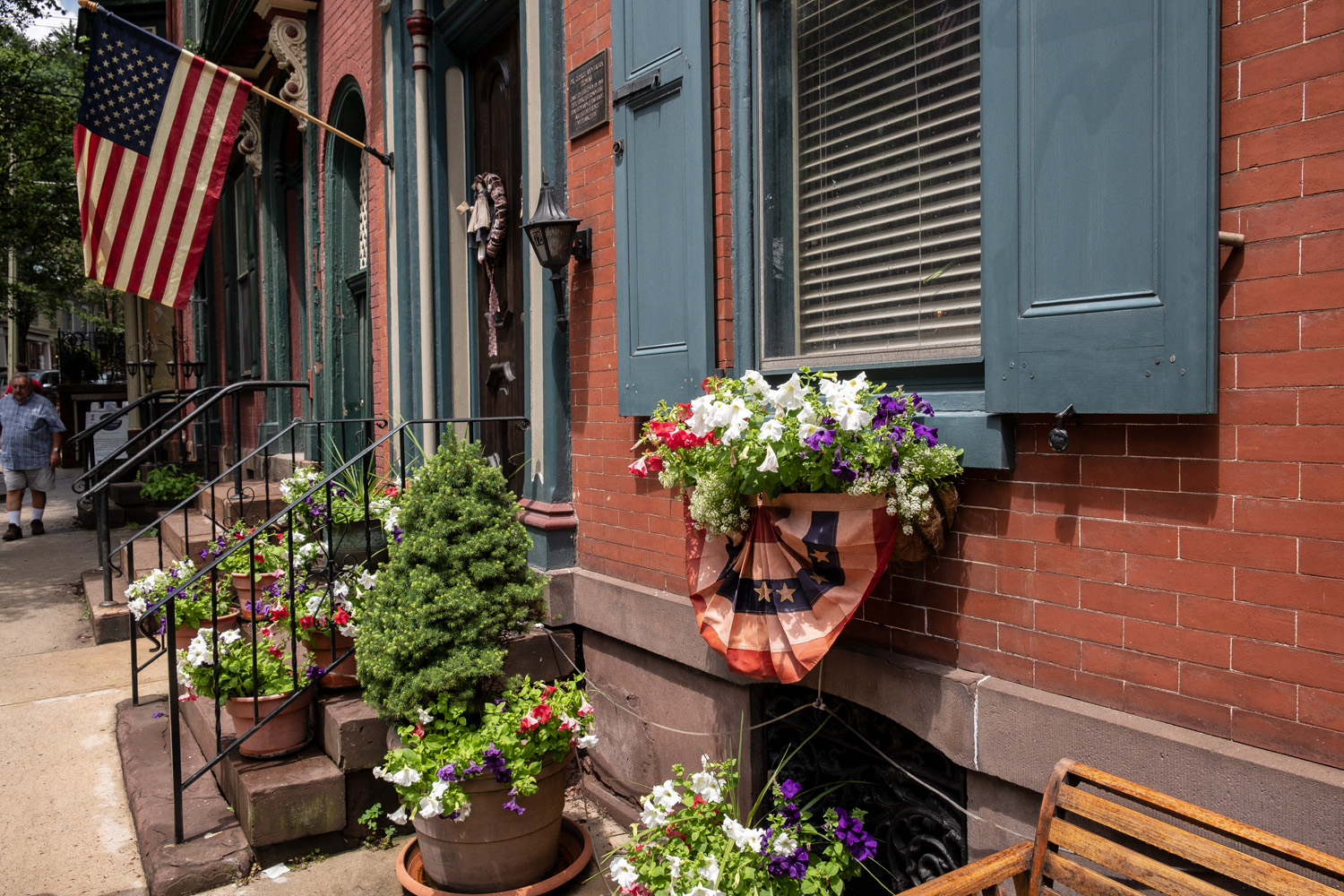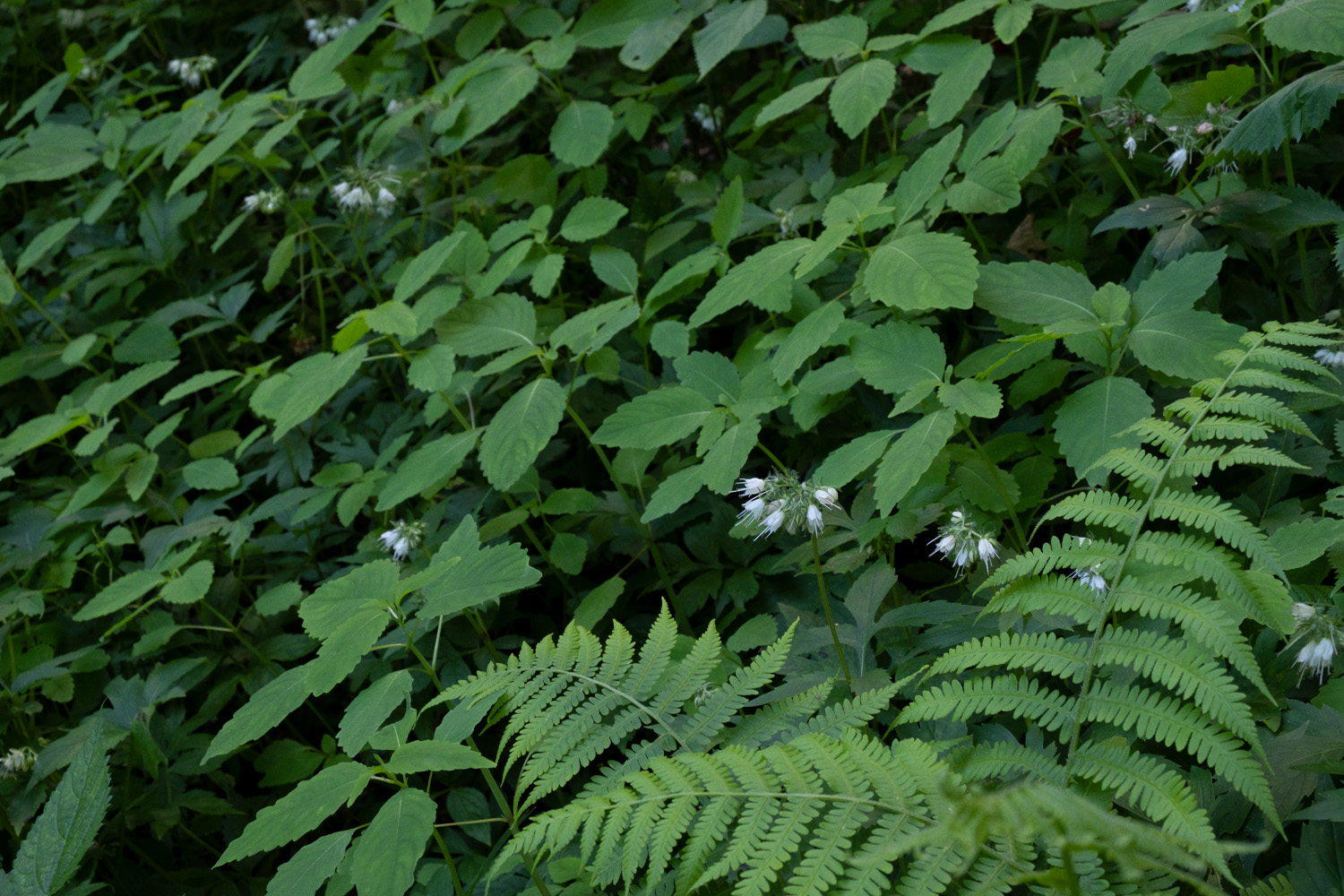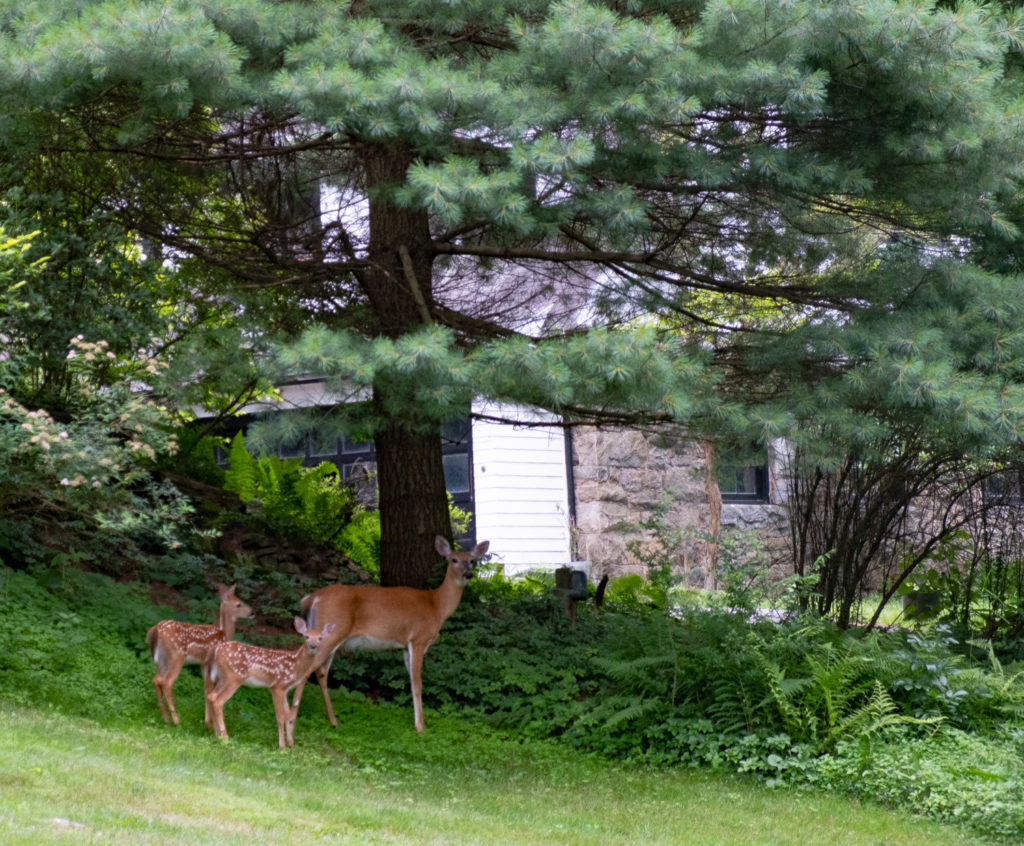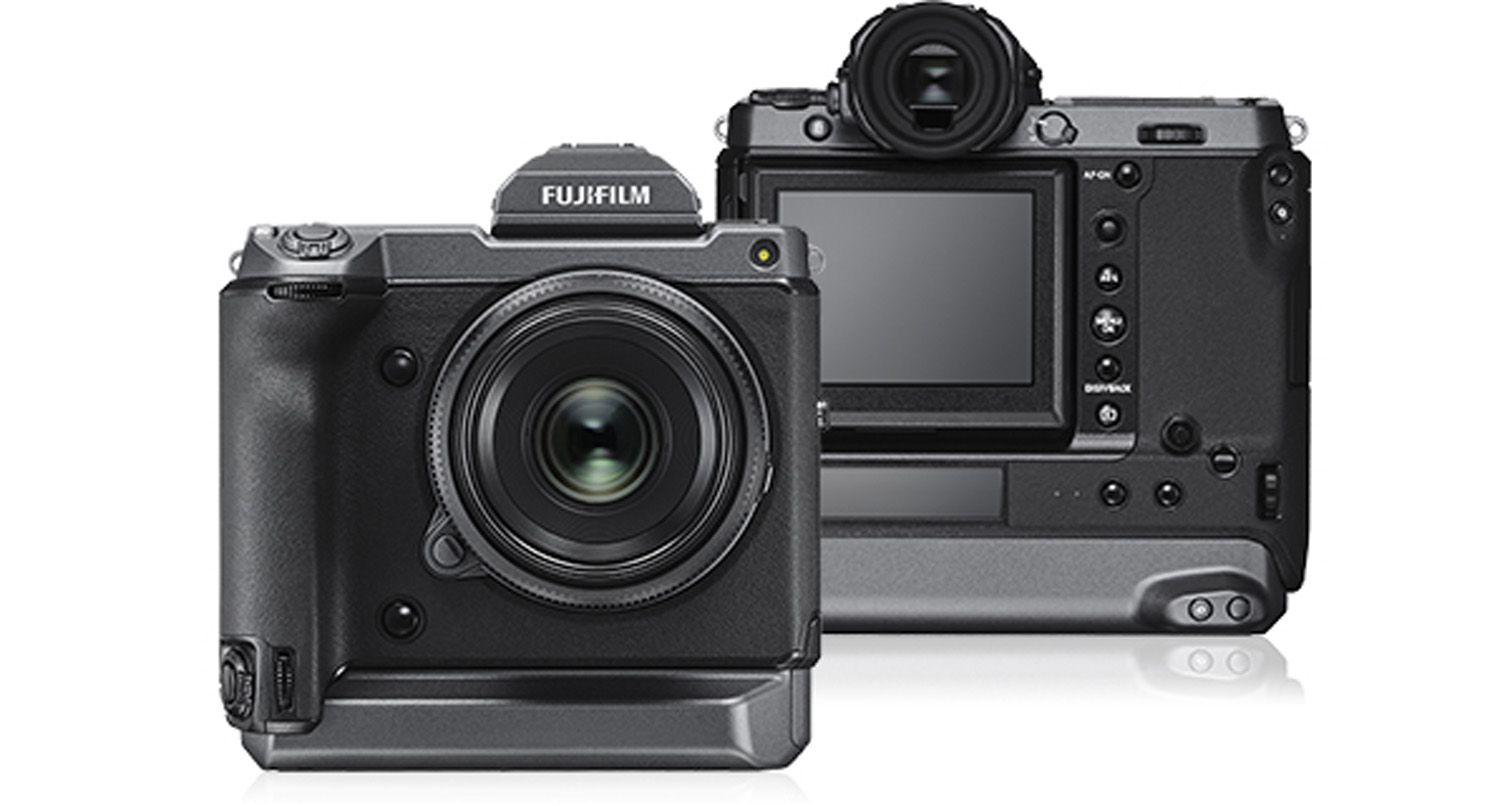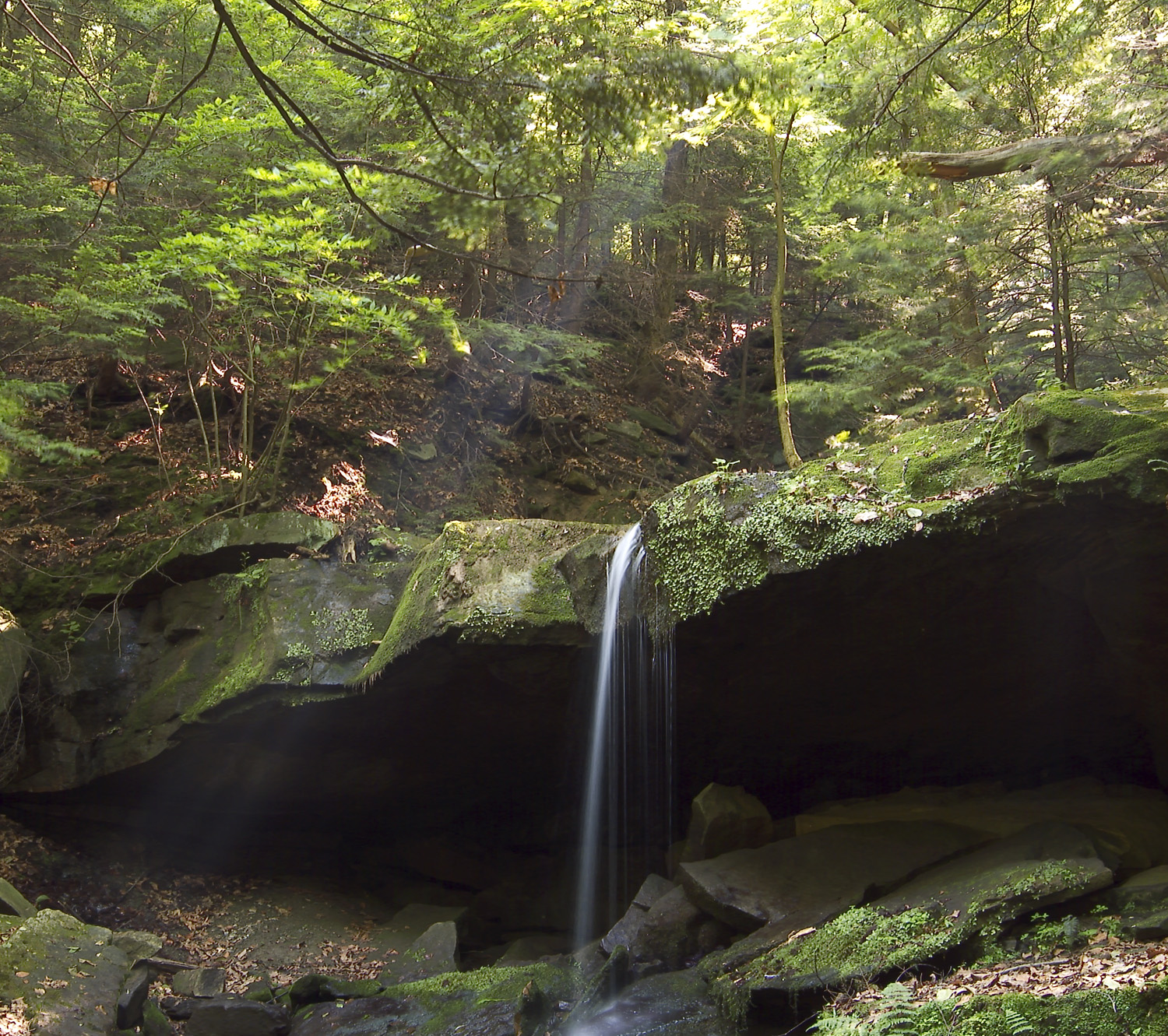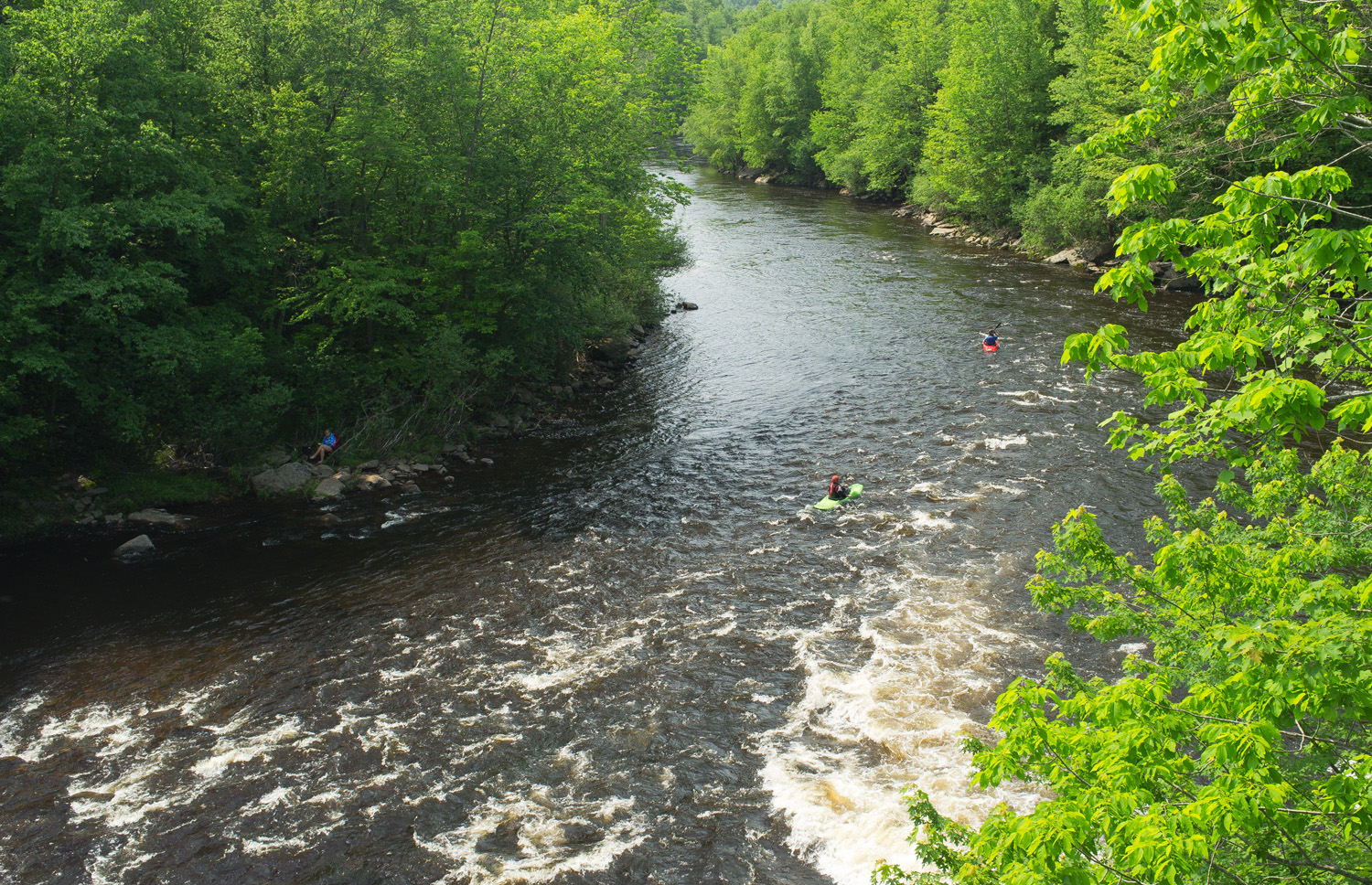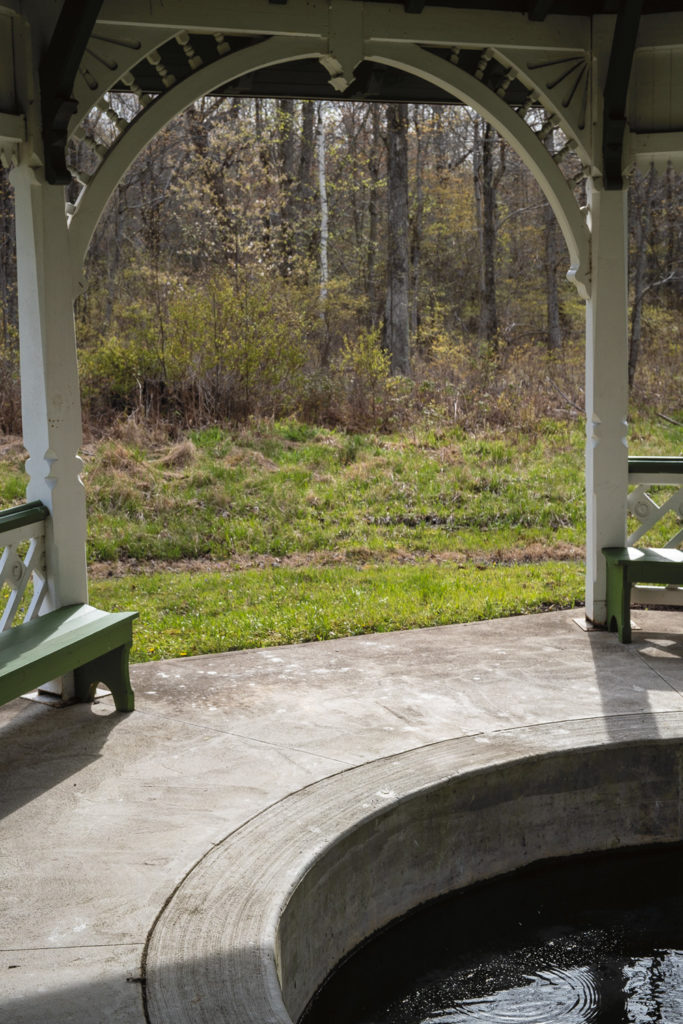
We have now reached week 9 of a societal aberration that was supposed to last for 2. The lobster pot is starting to simmer, while we accept completely illogical, and capricious prohibitions, that would’ve been unthinkable 4 months ago.
Some retailers are allowed to be open, while other similar businesses are forced to remain closed because of an arbitrary process of waivers, granted by the state. The practice of religion is suppressed as ruthlessly as it might be in communist China. You can still obtain an abortion, but cannot schedule a procedure to alleviate the severe pain in your arthritic knee.
Despite the improvement in your statistics, if you live in the wrong city or county, there is no end in sight. Businesses both large and small are running out of money and calling it quits. And because of this, jobs are disappearing.
And in most cases where these restrictions are imposed, they are edicts of the executive, who dismiss any action, even at this late date, from the state representative bodies. In Pennsylvania this means that a lame-duck governor, and his ethically dubious health secretary, are acting without any voter accountability. They have rejected any input from the legislature (formerly called laws). They are overseeing the destruction of the state economy, perhaps with an eye towards the upcoming presidential election.
Let’s talk about masks. There is no consistent data on the use of masks. There are a lot of statistics bandied about, but little hard science, particularly in the face of the vast variety of face ware people are using.
Some justifications I have read include the idea that since countries like Taiwan and South Korea, have widespread usage, and they have done relatively well during this outbreak, then masks must be useful. Not really hard data from my point of view.
According to the CDC, on one hand, if a sick and a well person both have masks on, the transmission of virus will be very low. One study from the University of Hong Kong, studied this in hamsters.
Before you indulge yourself with the unbearably cute image of hamsters with teeny -tiny masks, it turns out that the study involved covering the hamster cages with mask-like fabrics. It did show that transmission of coronavirus was the lowest with both infected and uninfected hamster cages covered,
This is interesting I suppose, but it is not really directly comparable to our situation.
I wear a surgical-type mask in places where it is requested, mainly as a courtesy to others. The right mask can protect those that you encounter. Unless you’re wearing an N95 mask or better, it is unlikely to protect you. Many of the facial adornments I see in public are probably useless.
I can’t find any data to suggest wearing a mask in the out-of-doors protects anybody if people keep a reasonable separation.
I suspect we are all much too cavalier about these masks anyway for them to be useful. According to the WHO, we need to avoid touching them (yea right), and each time we do, we need to wash our hands once again. I’m sure we’re all doing that. They also worry that wearing a mask may cause some people to ignore social distancing. By observation, this seems to be true.
I finally received the fancy masks I had ordered so many weeks ago through Amazon. This was a 5 pack of black masks said to be washable. It turns that these are made of a rubberlike plastic, with the mask itself composed of a foam-type material. Now the foam seems fairly dense, but I suspect not enough to filter micron-level droplets.
Unfortunately, the manufacturer included a button-like one-way exhalation valve on the right side of the mask. This conveniently allows me to share my potentially viral-laden droplets with others. I have relegated these masks for workshop duty, but I still see people wearing them.
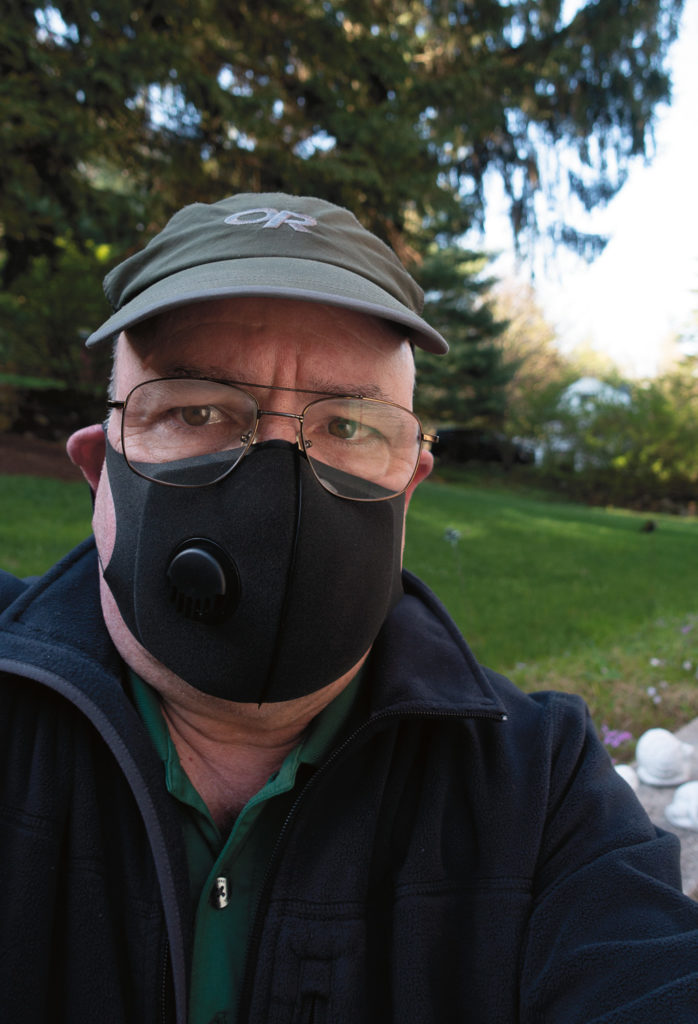
I guess the message here, is that I hope we don’t get too hung up on facial coverings, as I suspect they are of limited value.
We continue to be told that this virus is likely to be persistent in the environment. In fact it is this theory that is being used to prolong our isolation.
It can be argued that the fact of viral persistence should lead to the opposite conclusion. If we are stuck with this coronavirus, we will not be able to avoid it forever by staying at home and keeping businesses and schools closed. The long-term cultural and psychological effects of this would be devastating.
Oh yea, and it will destroy the economy.
We are going to have to protect our most vulnerable, but the rest of us will need to swallow hard and understand that as the denominator increases with increased testing, that the mortality rate in most locales for relatively healthy people younger than 65, is quite low. The overall case fatality rate in Luzerne County for instance is about half a percent. At one point, two-thirds of those came out of nursing facilities.
I don’t want anyone else to die. But the state, national, and global economy has to survive if we’re to avoid a civilization level disaster.
I say this with the knowledge that in the event of a second wave, given my profession, I may be drawn into the middle of it.
We have endured a difficult spring, caused by both the pandemic and some persistently cold, crappy weather that made things even less pleasant. This weekend however is Memorial Day, our traditional beginning of summer. In the Northeastern US it is predicted to finally be warm and dry. I suspect people may find that the joys of the season may beguile them from their isolation.
I will likely be one of them.
Come see my new mask.

